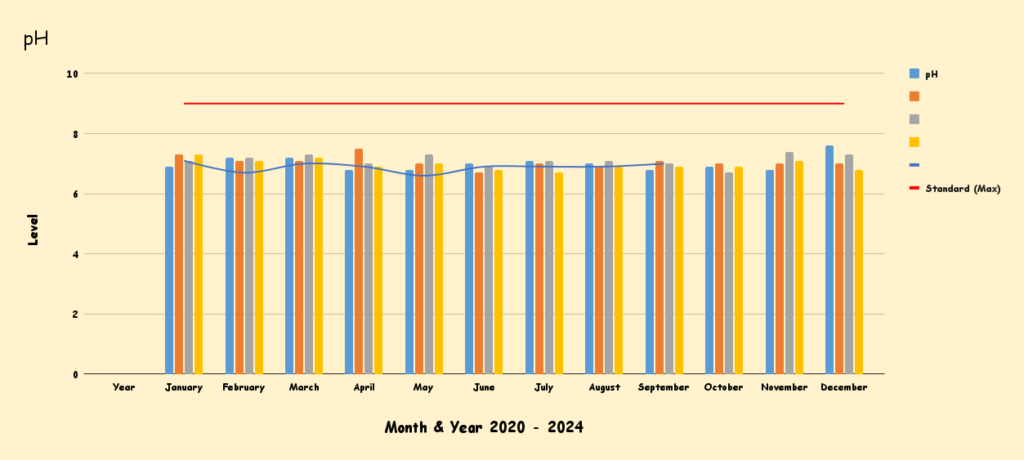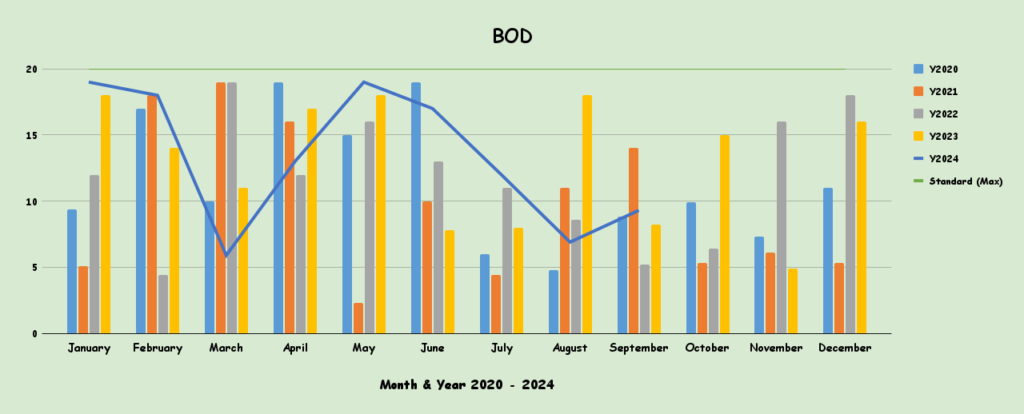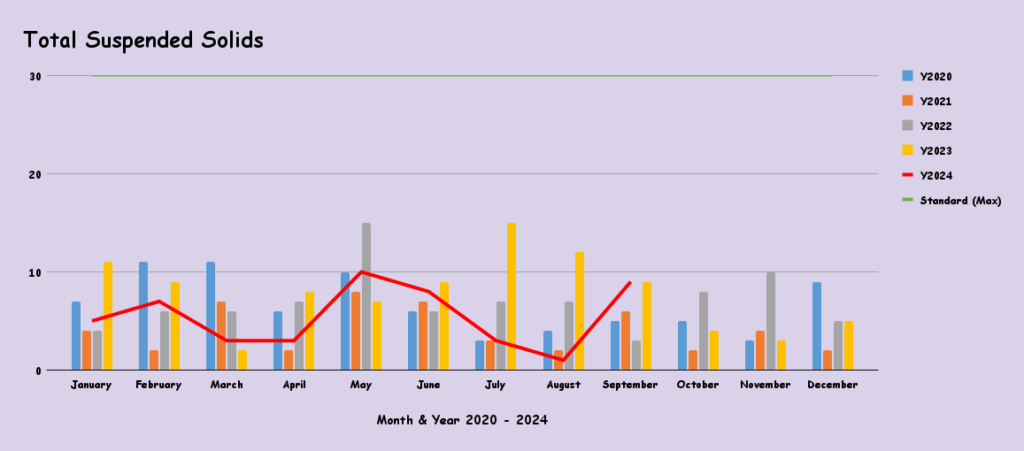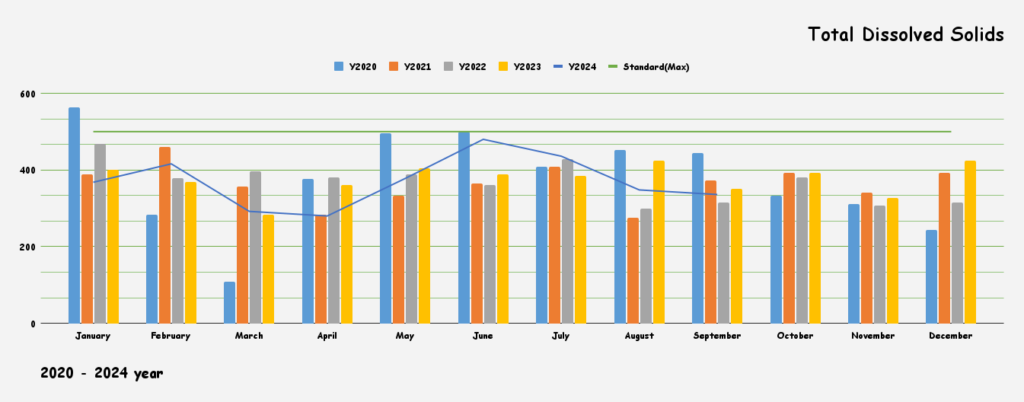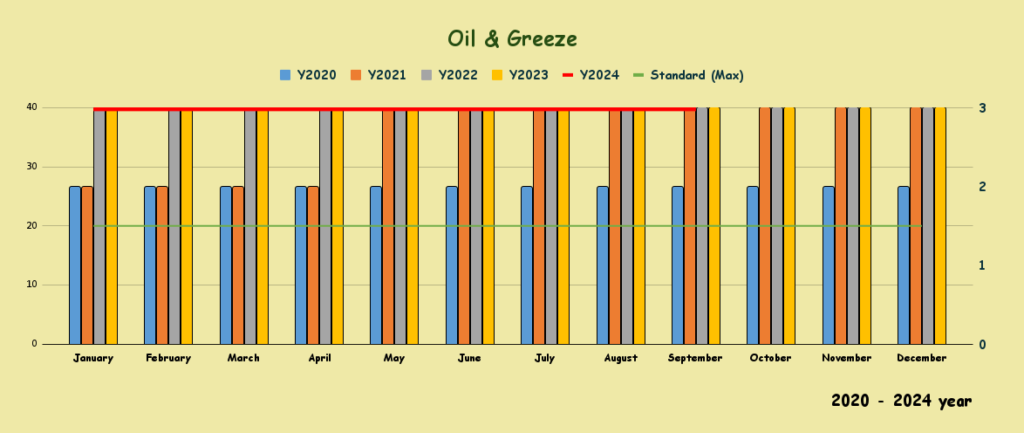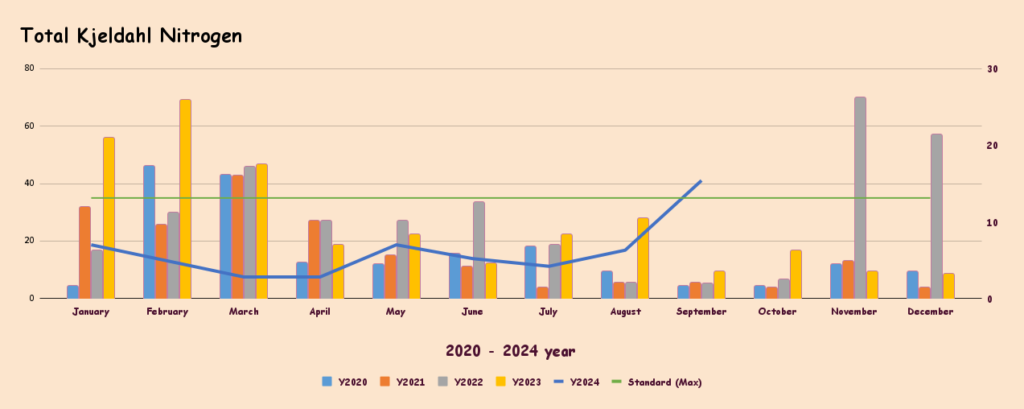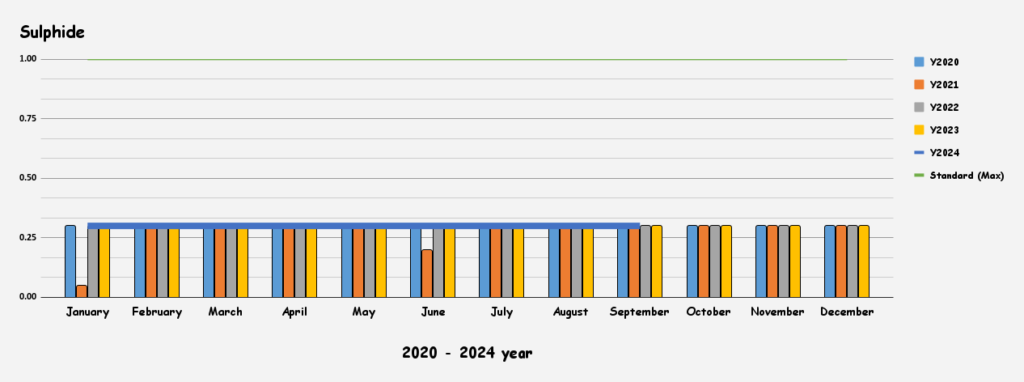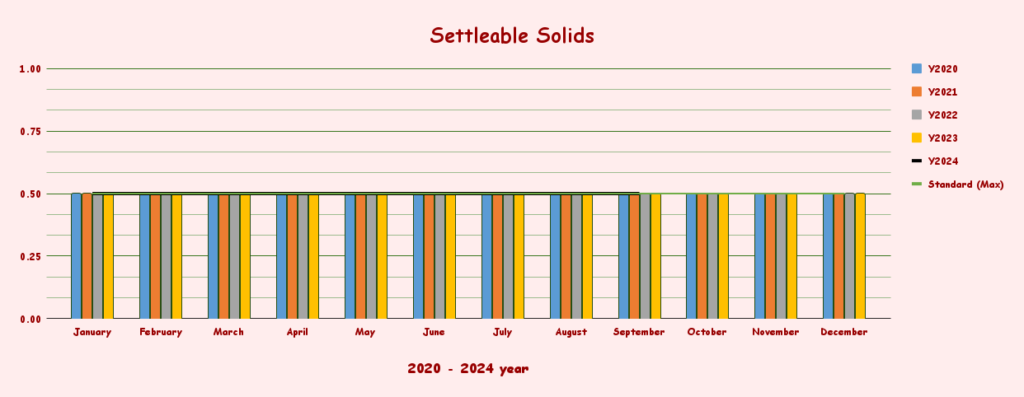AIT Waste Water Treatment Plant
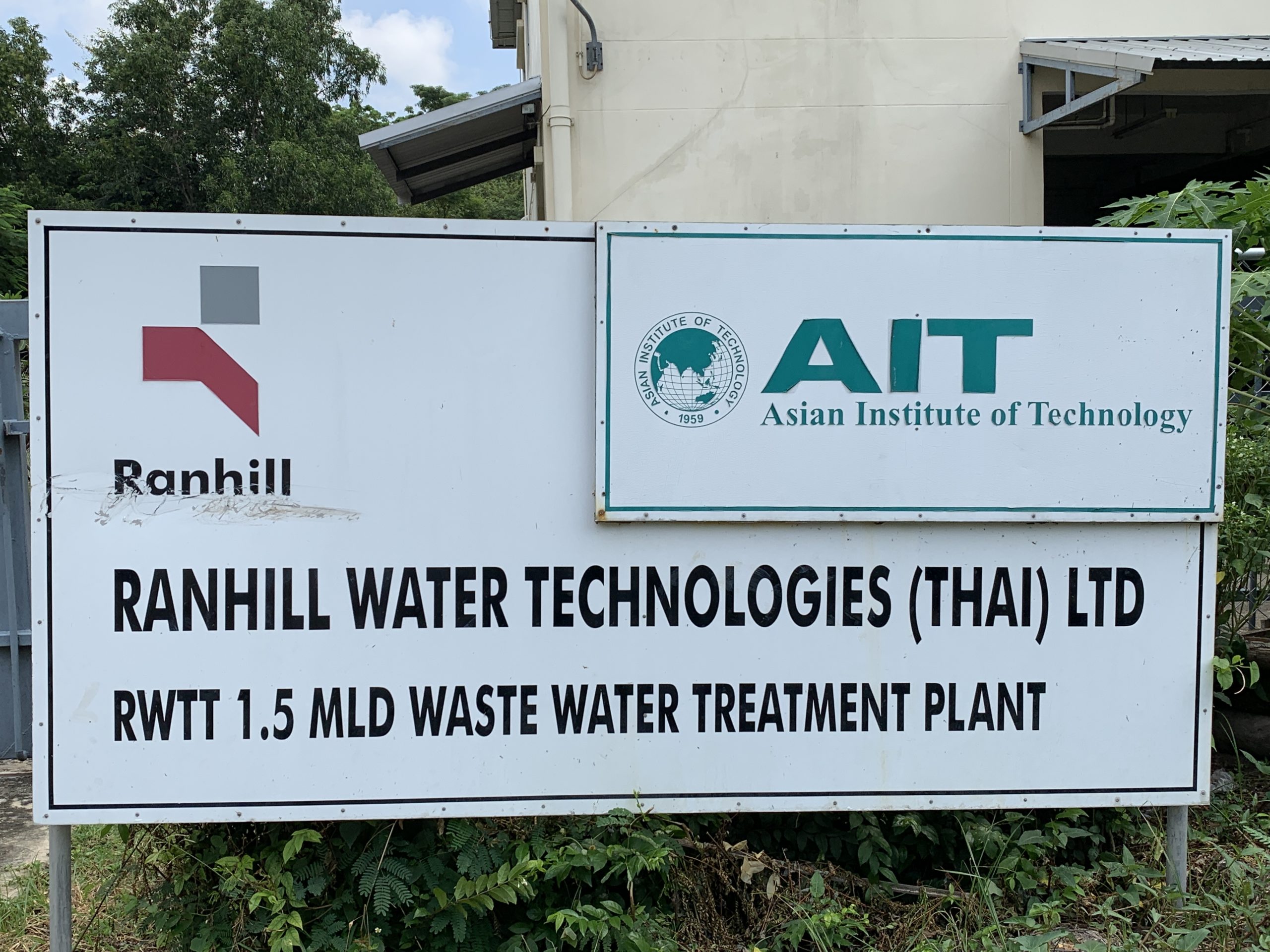
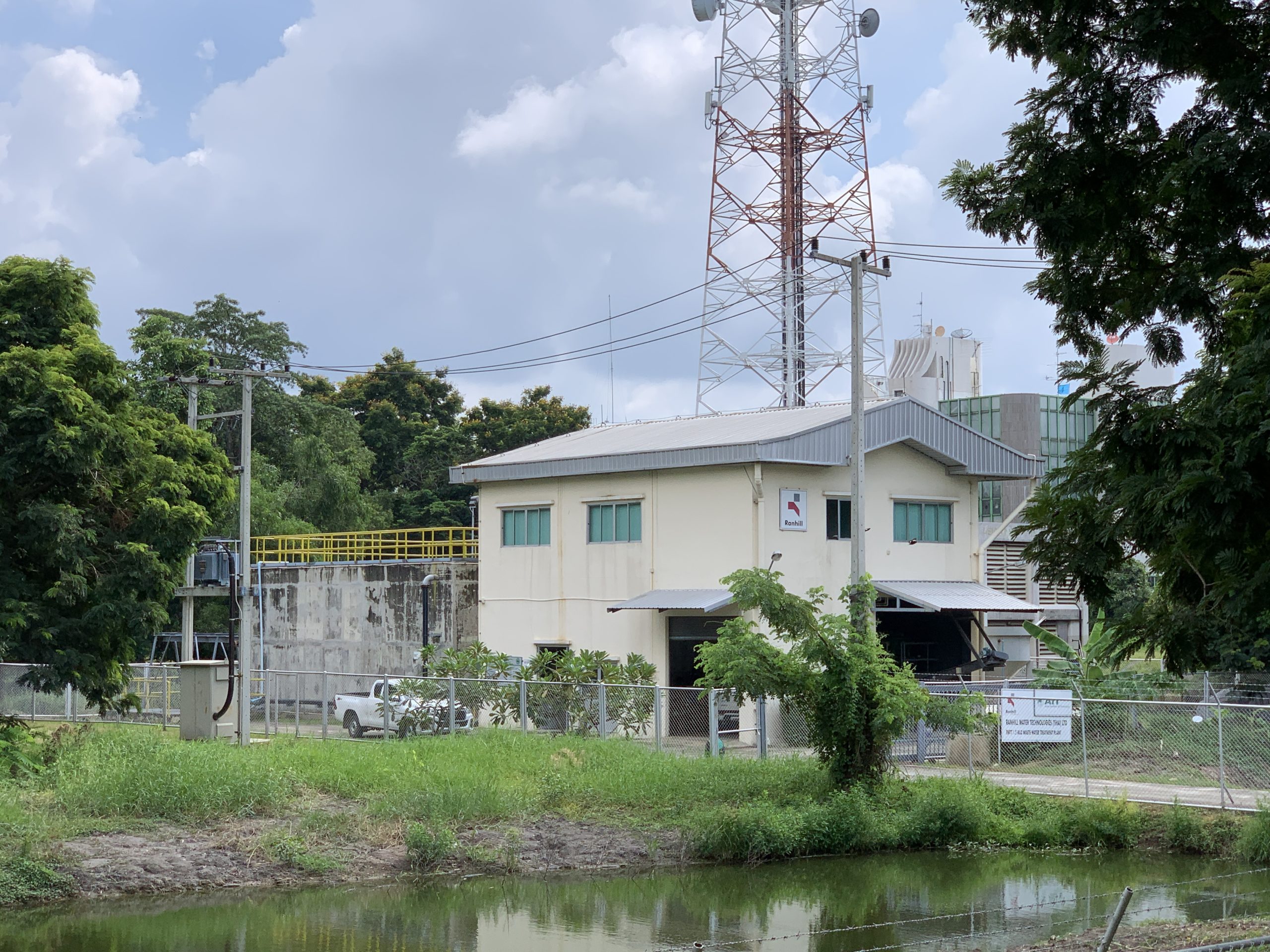
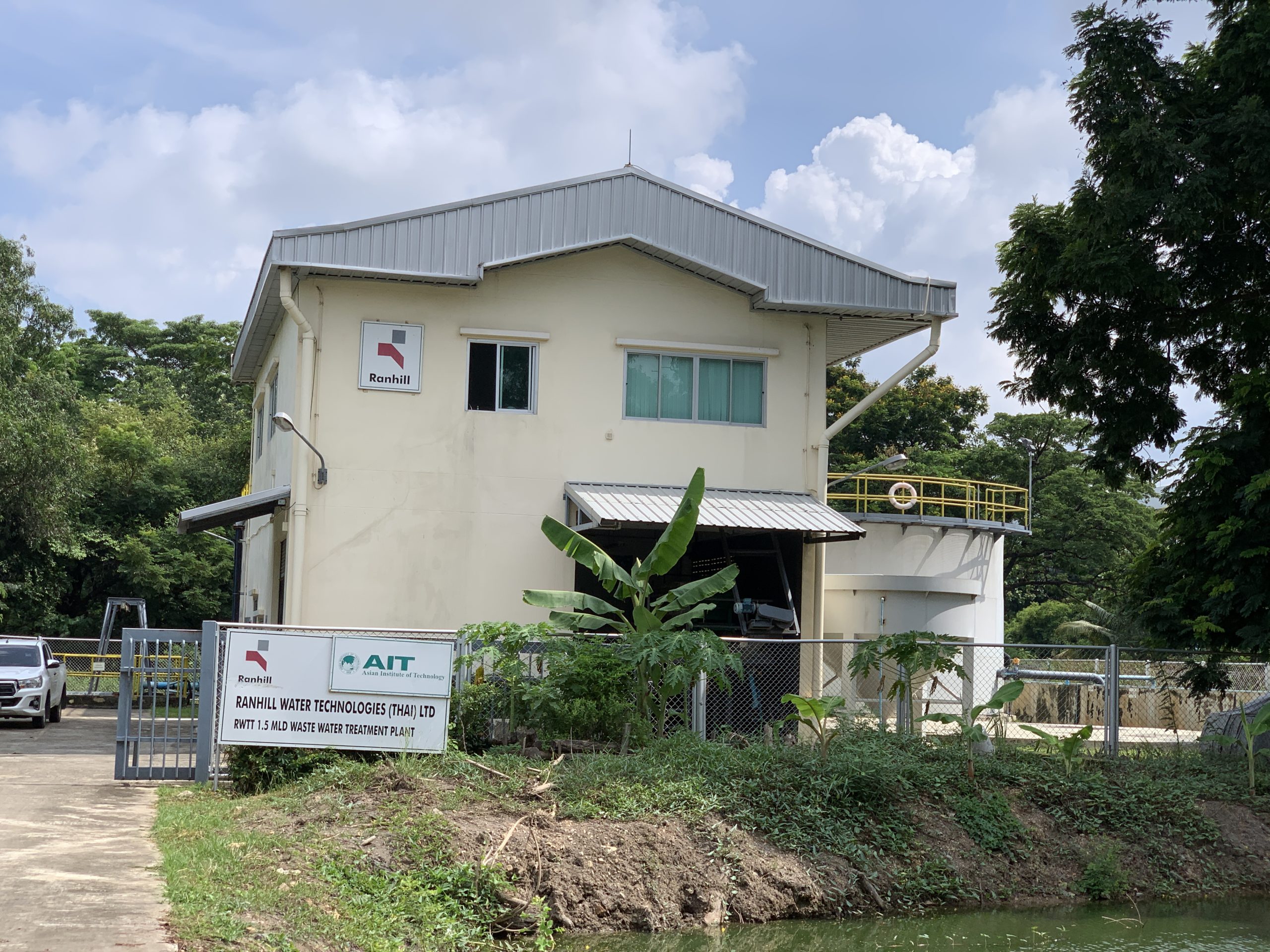
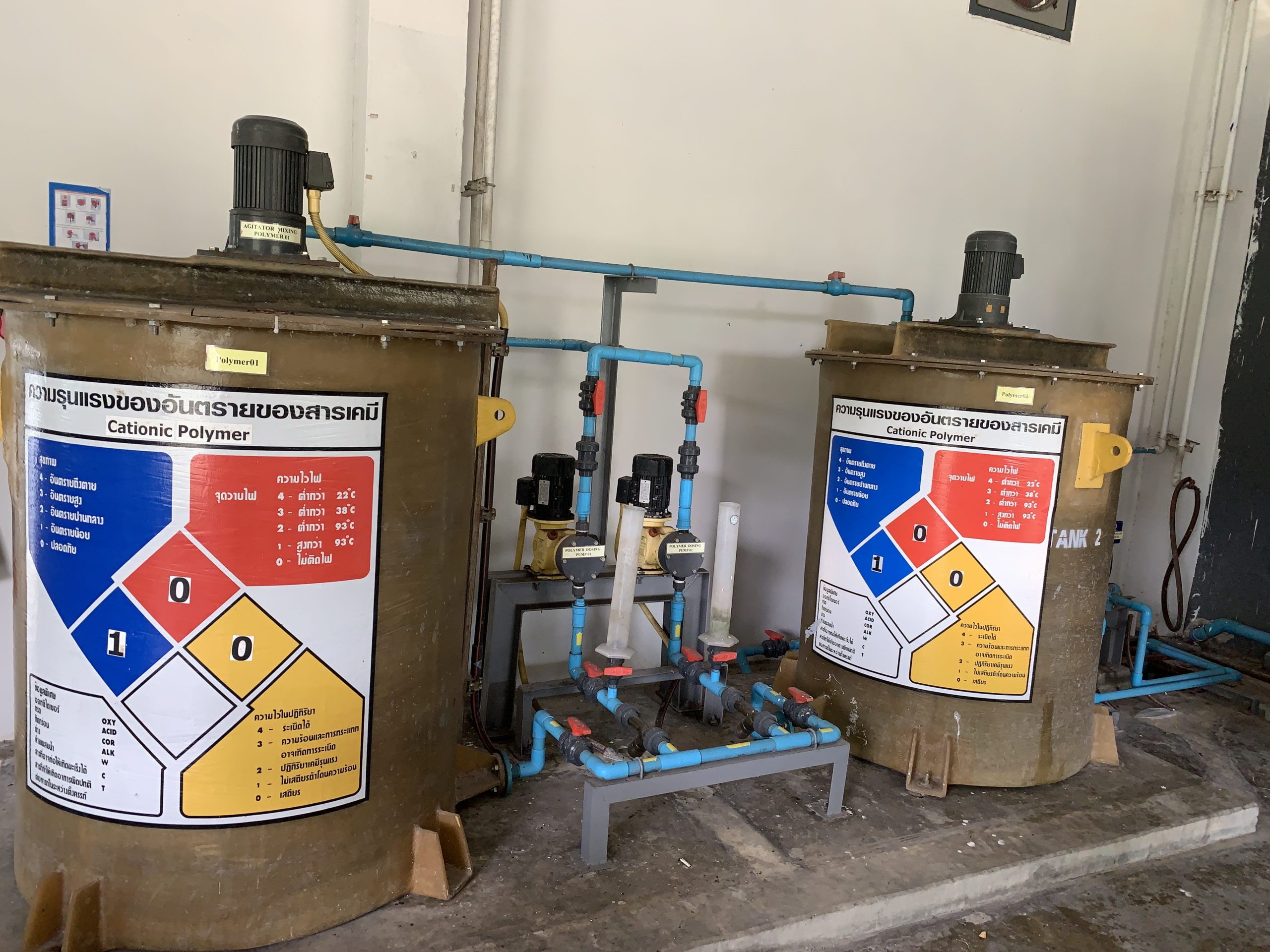
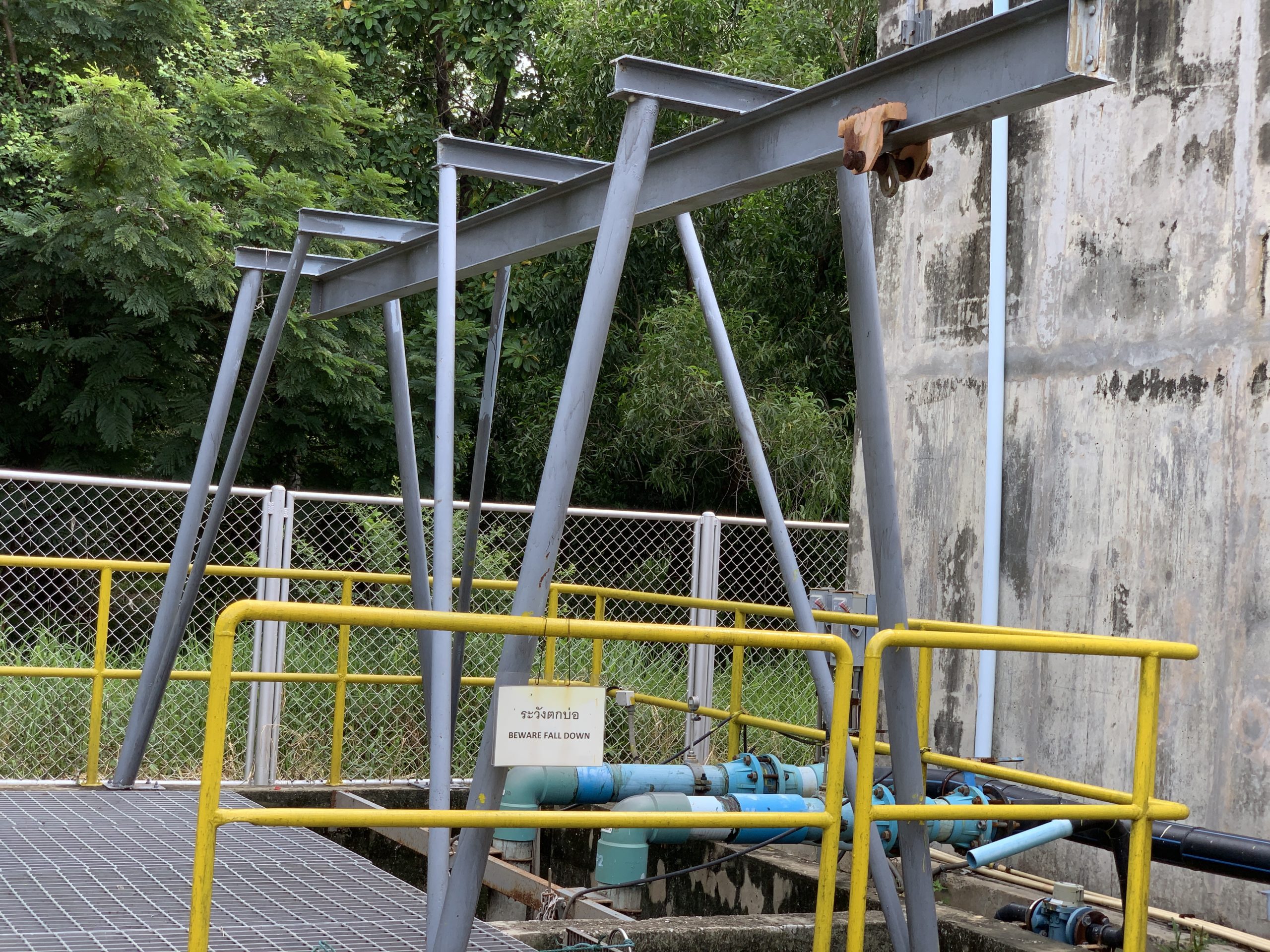

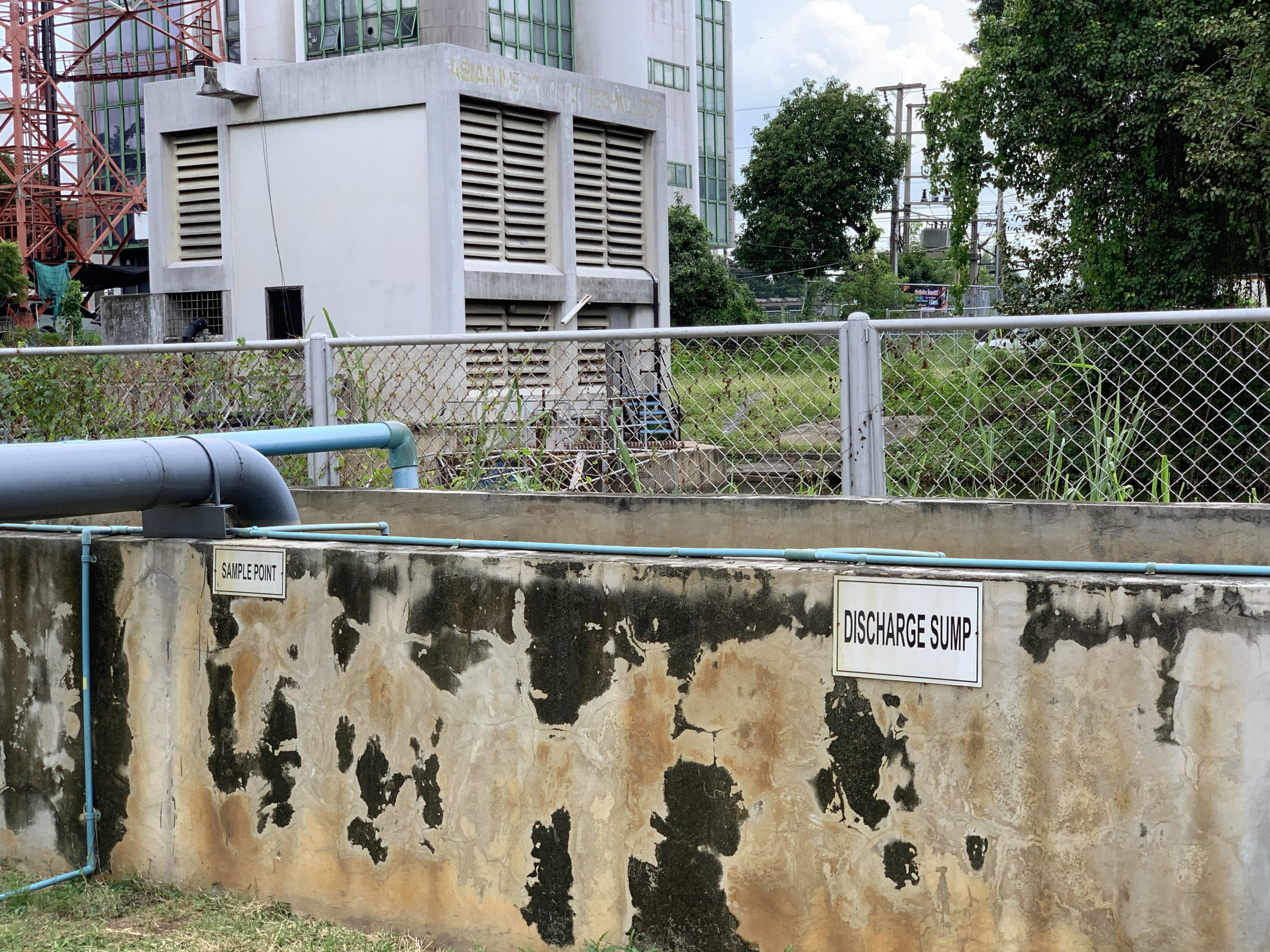
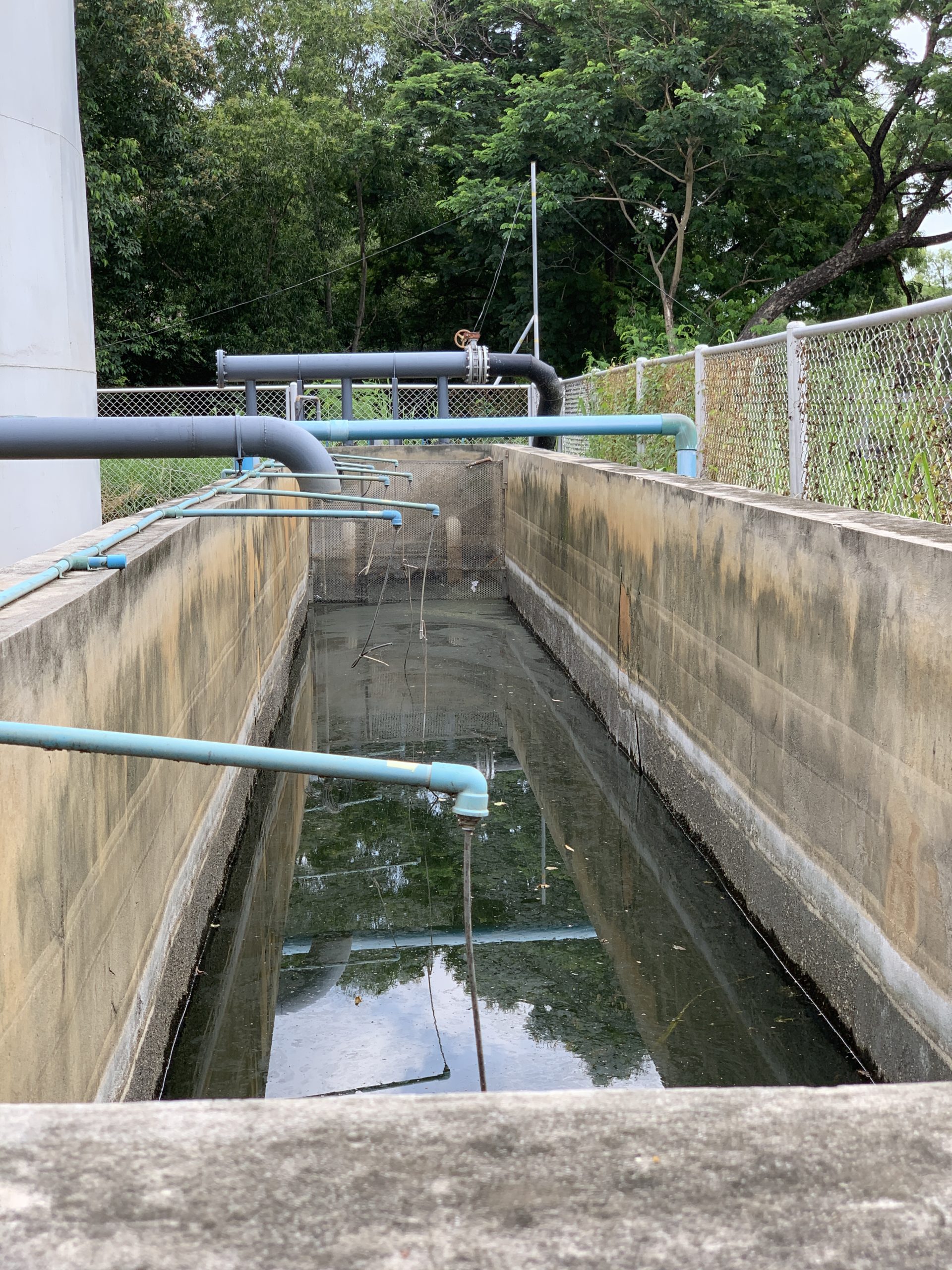
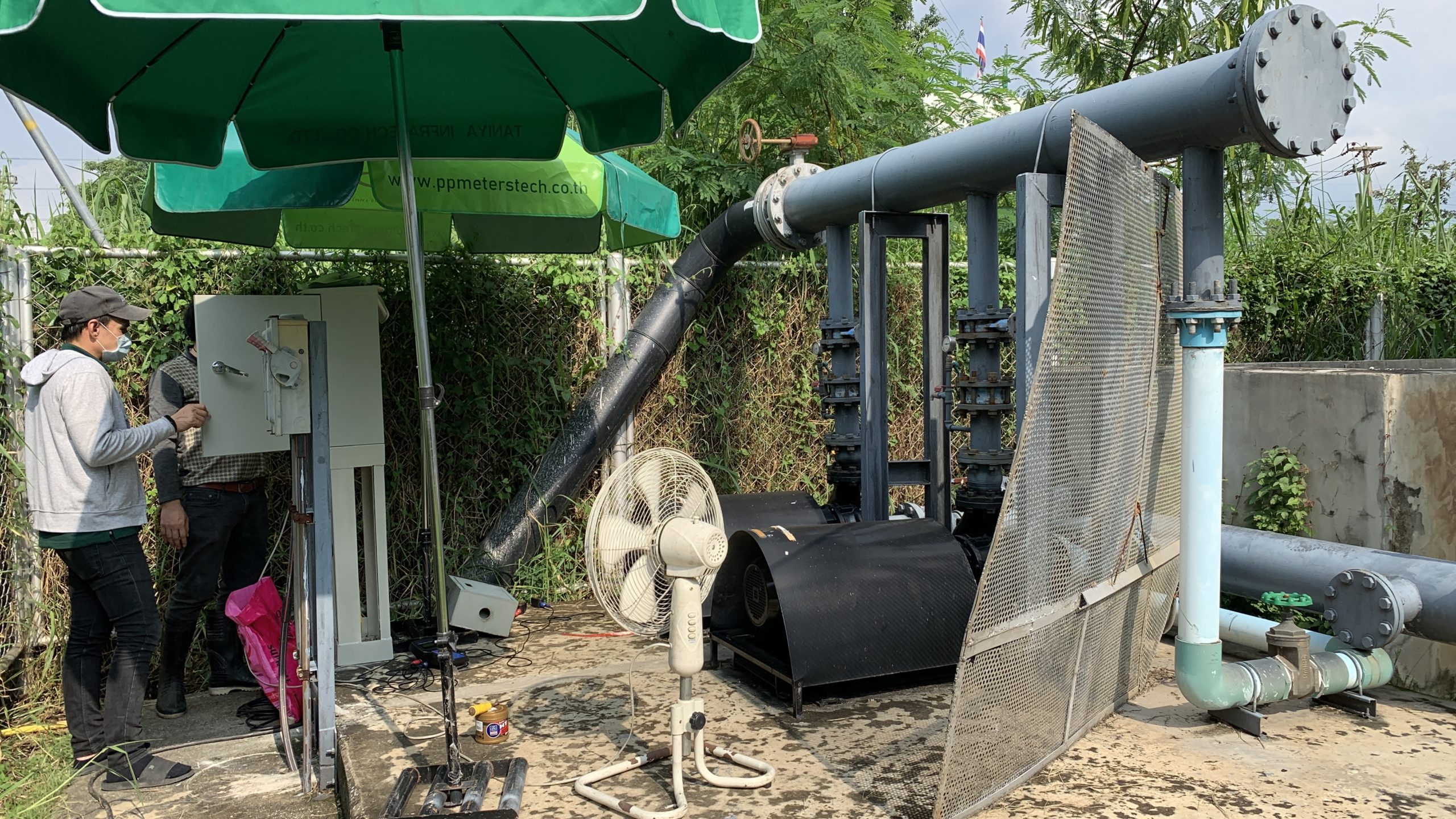
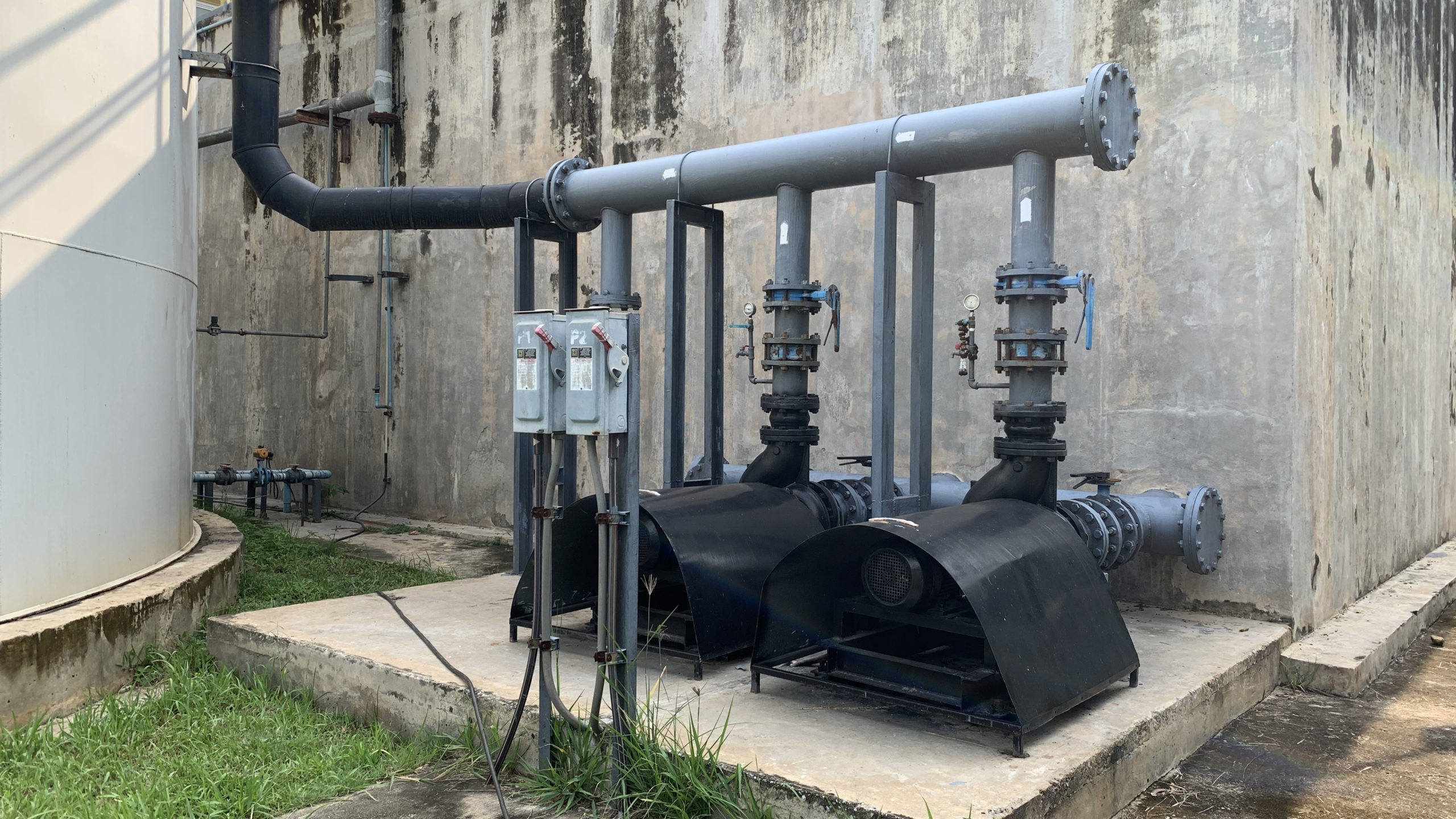
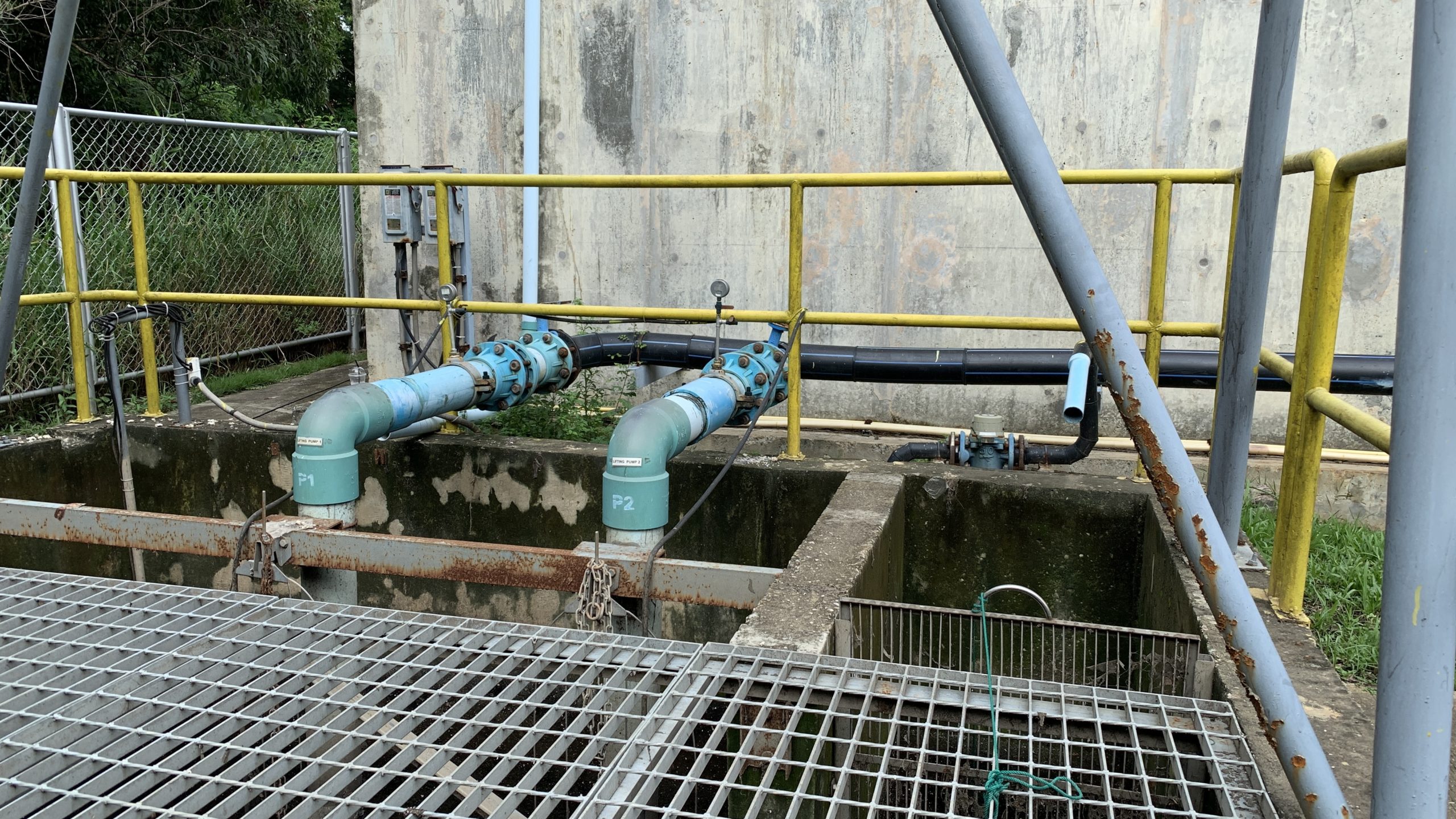
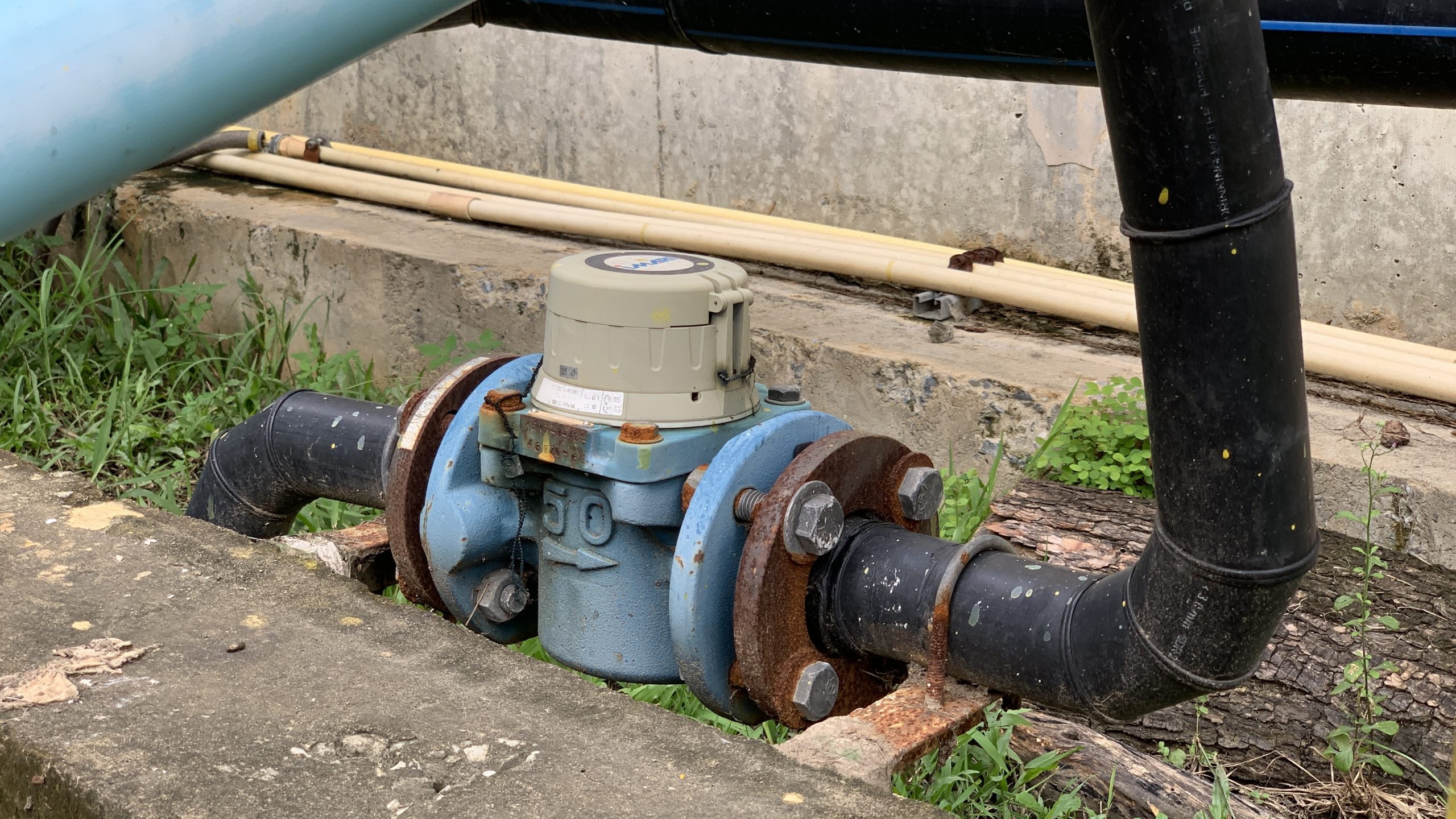
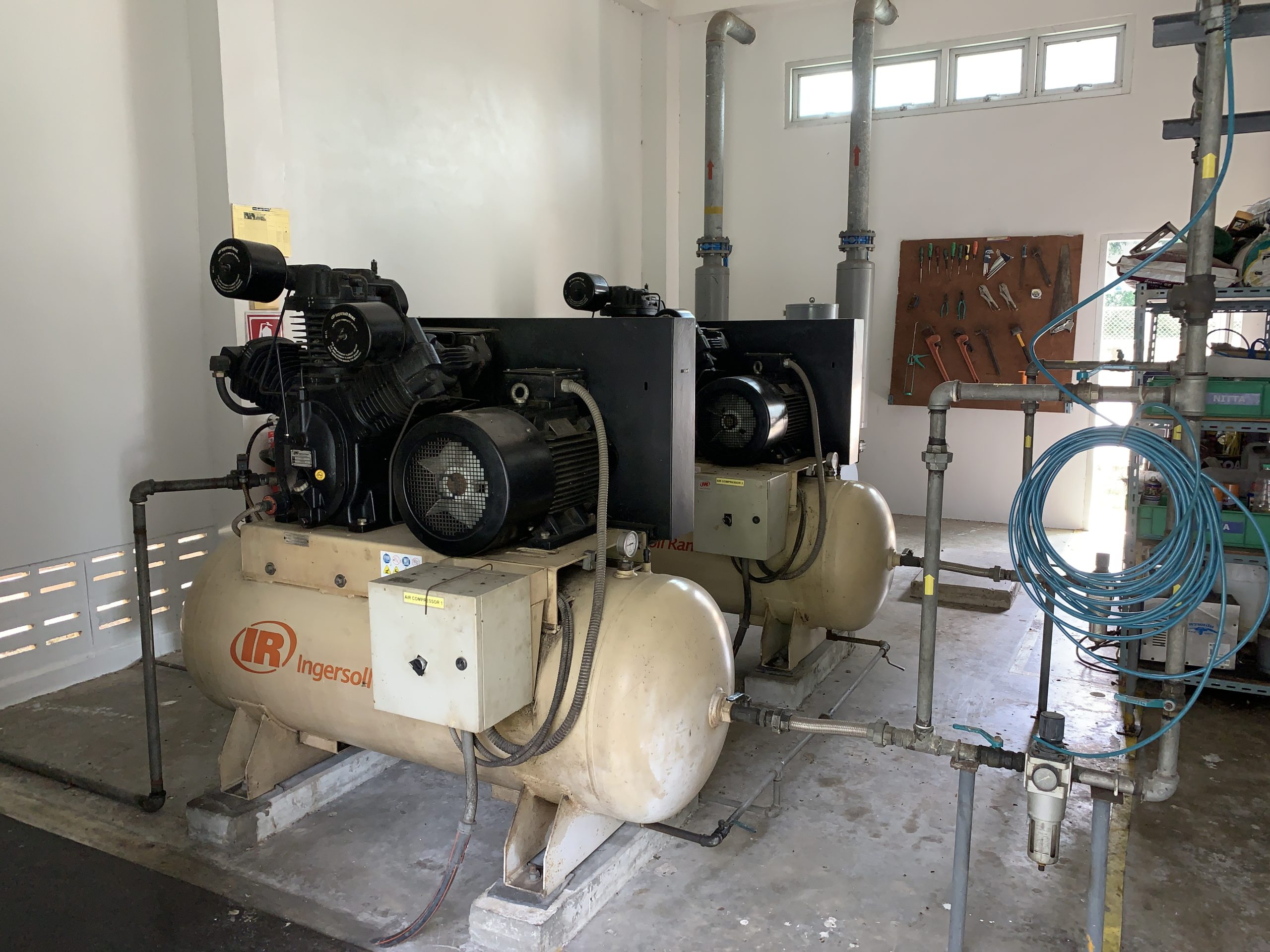
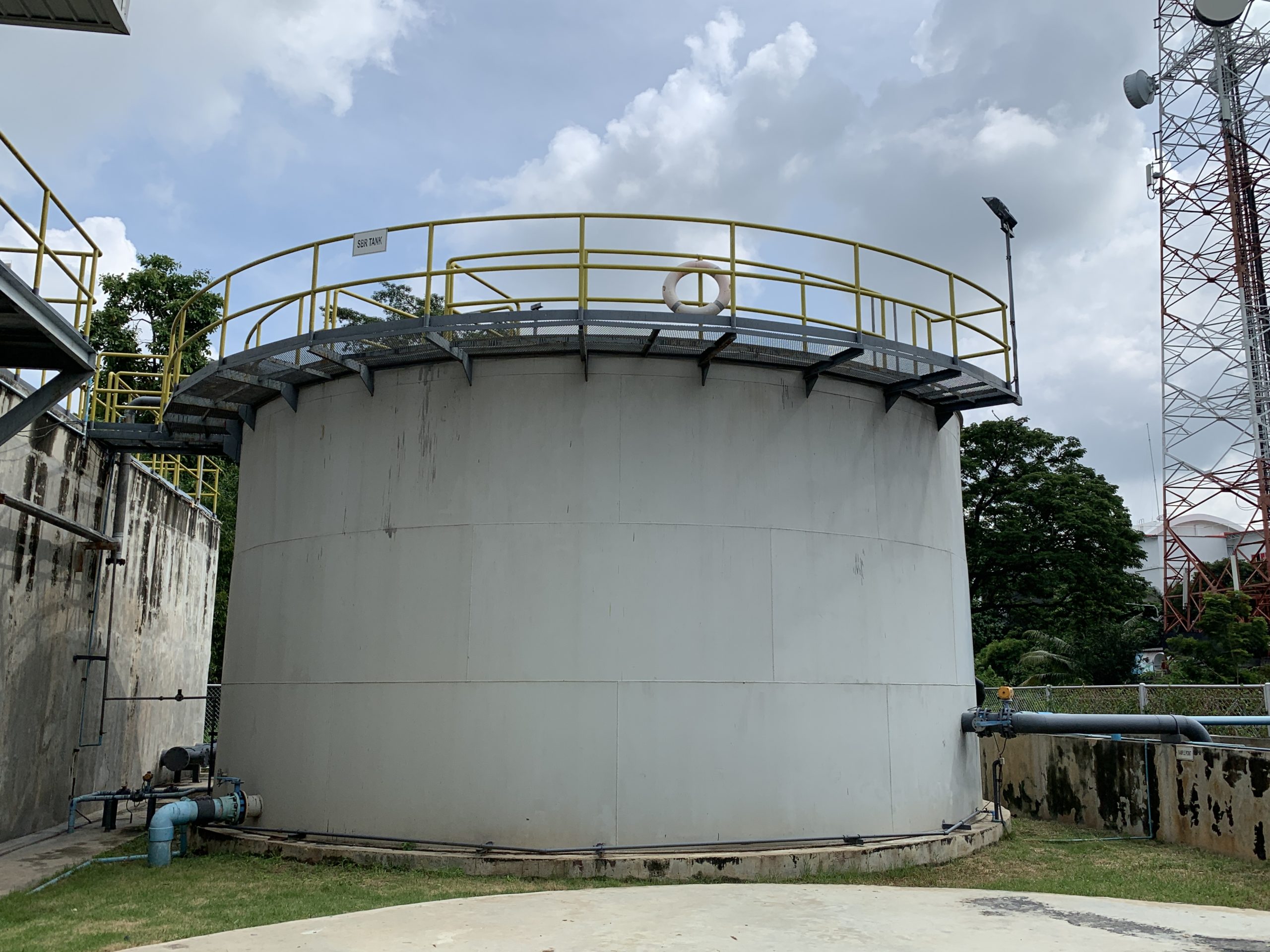
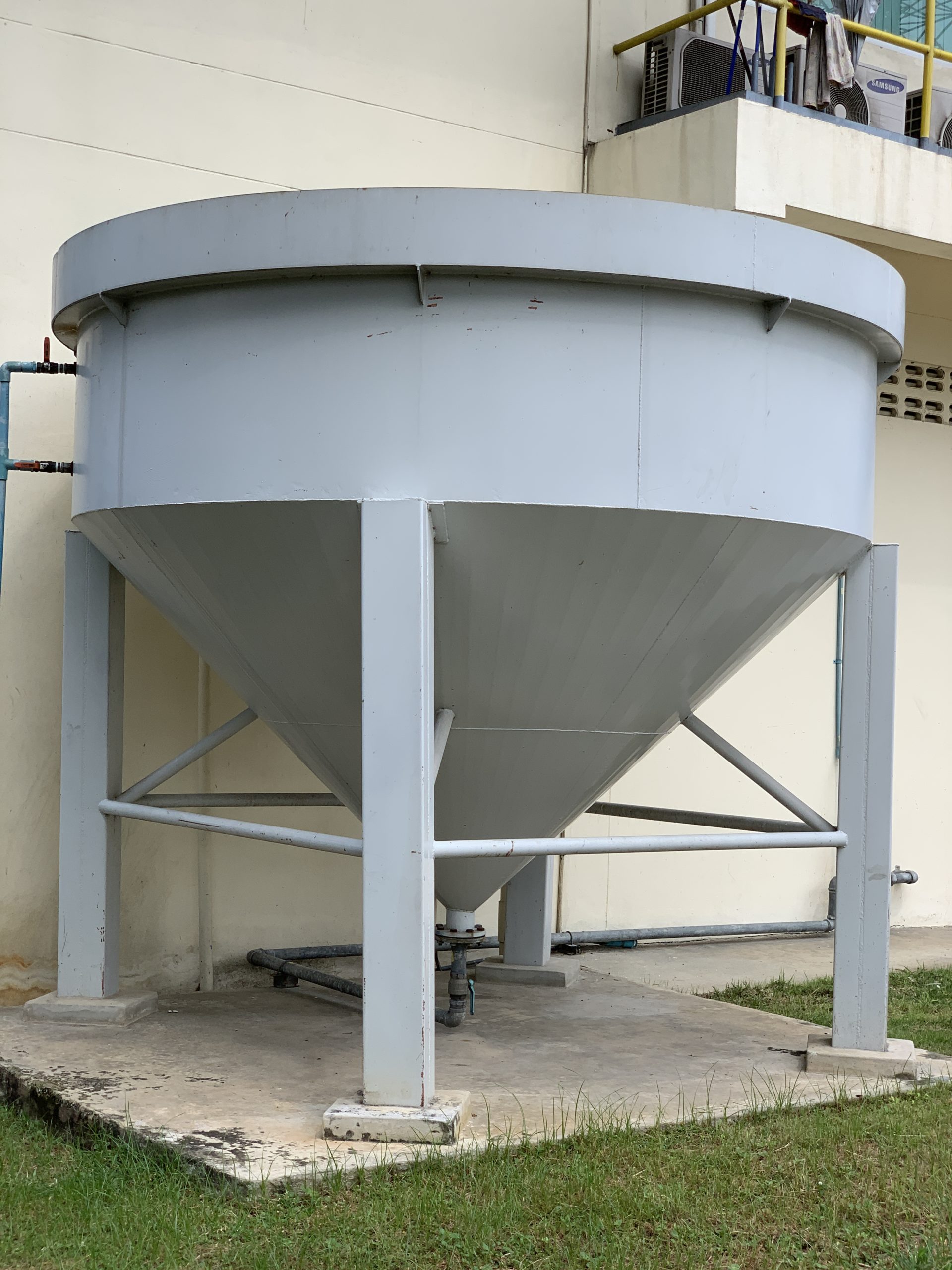
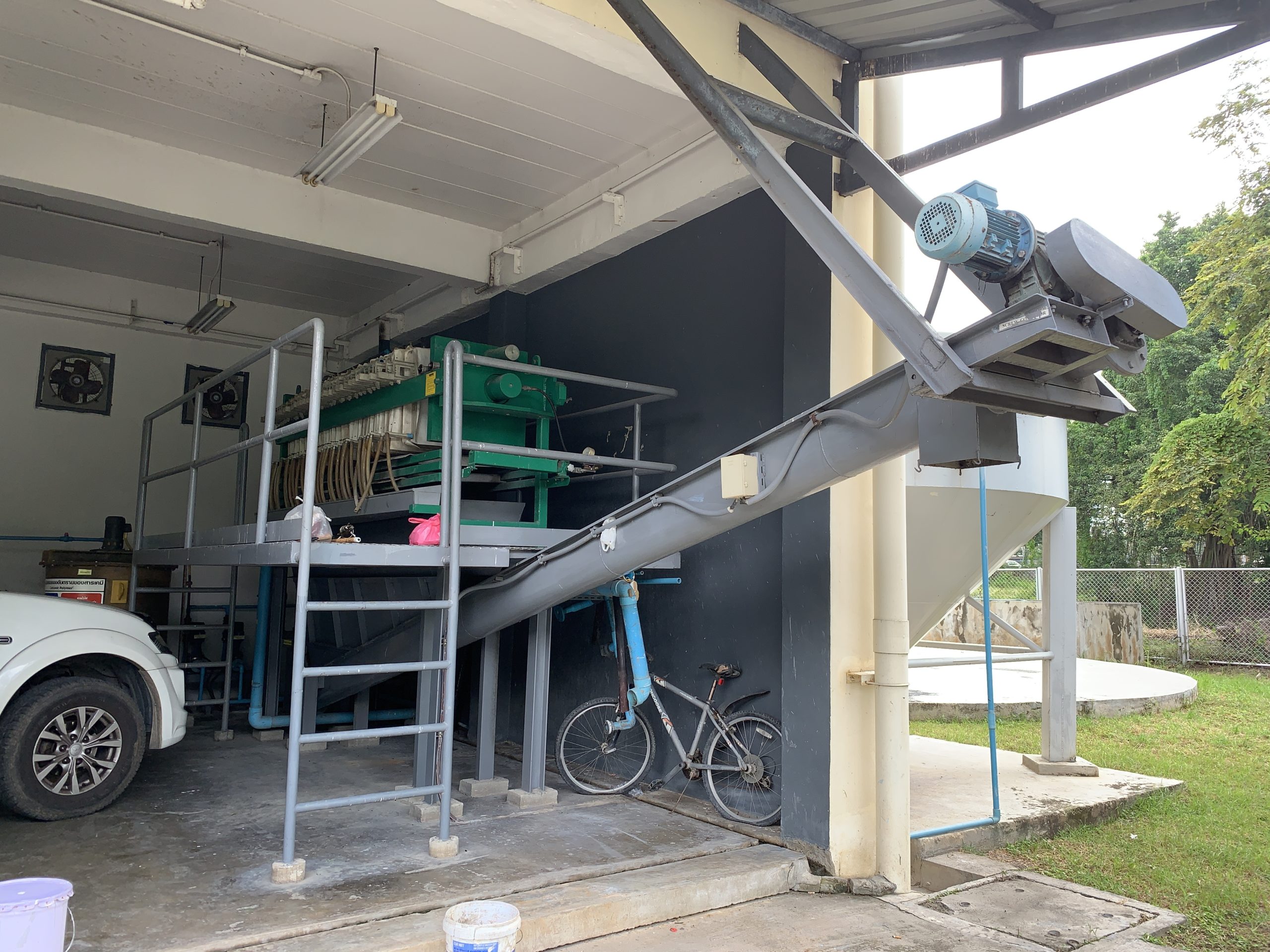
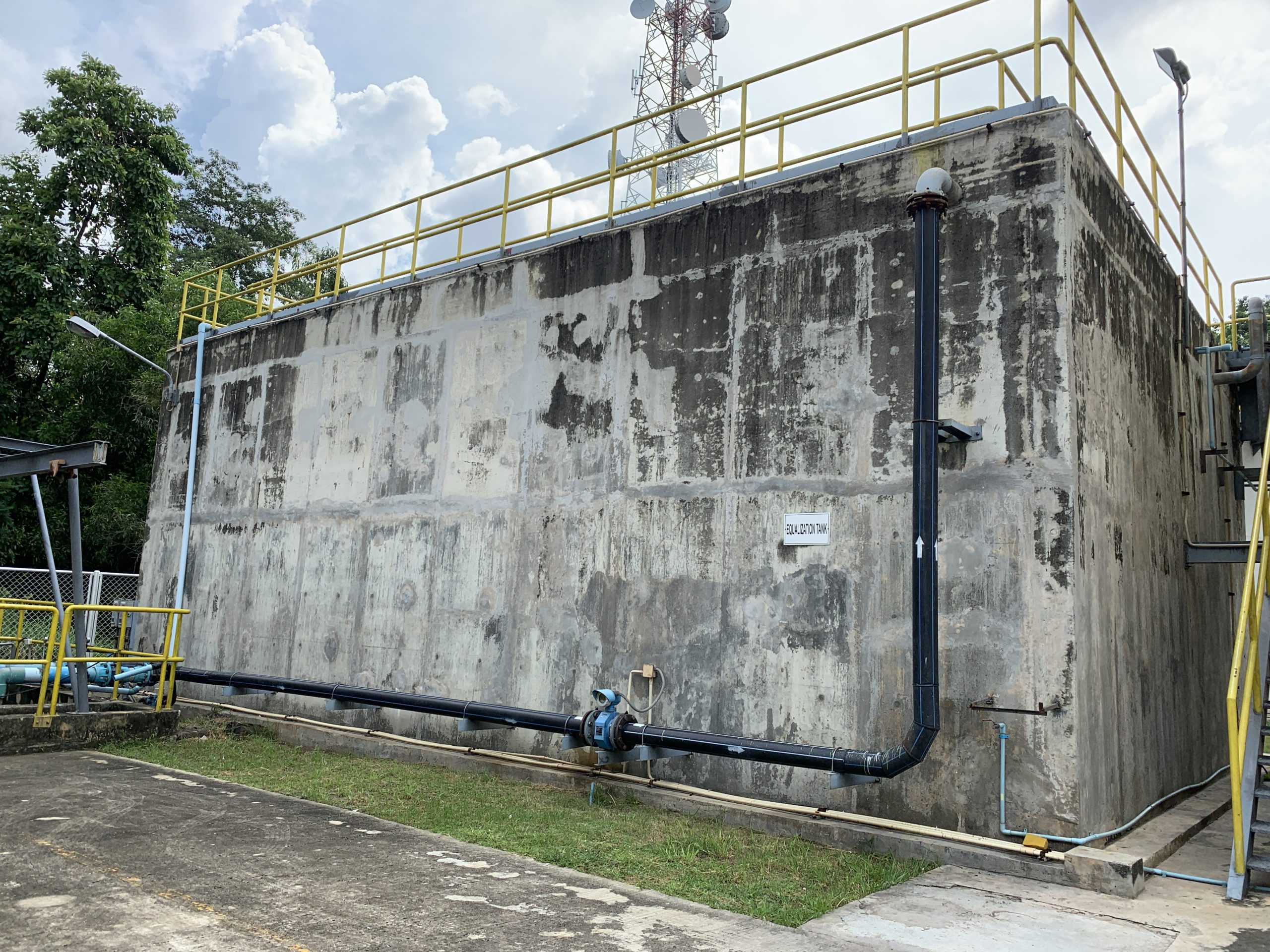
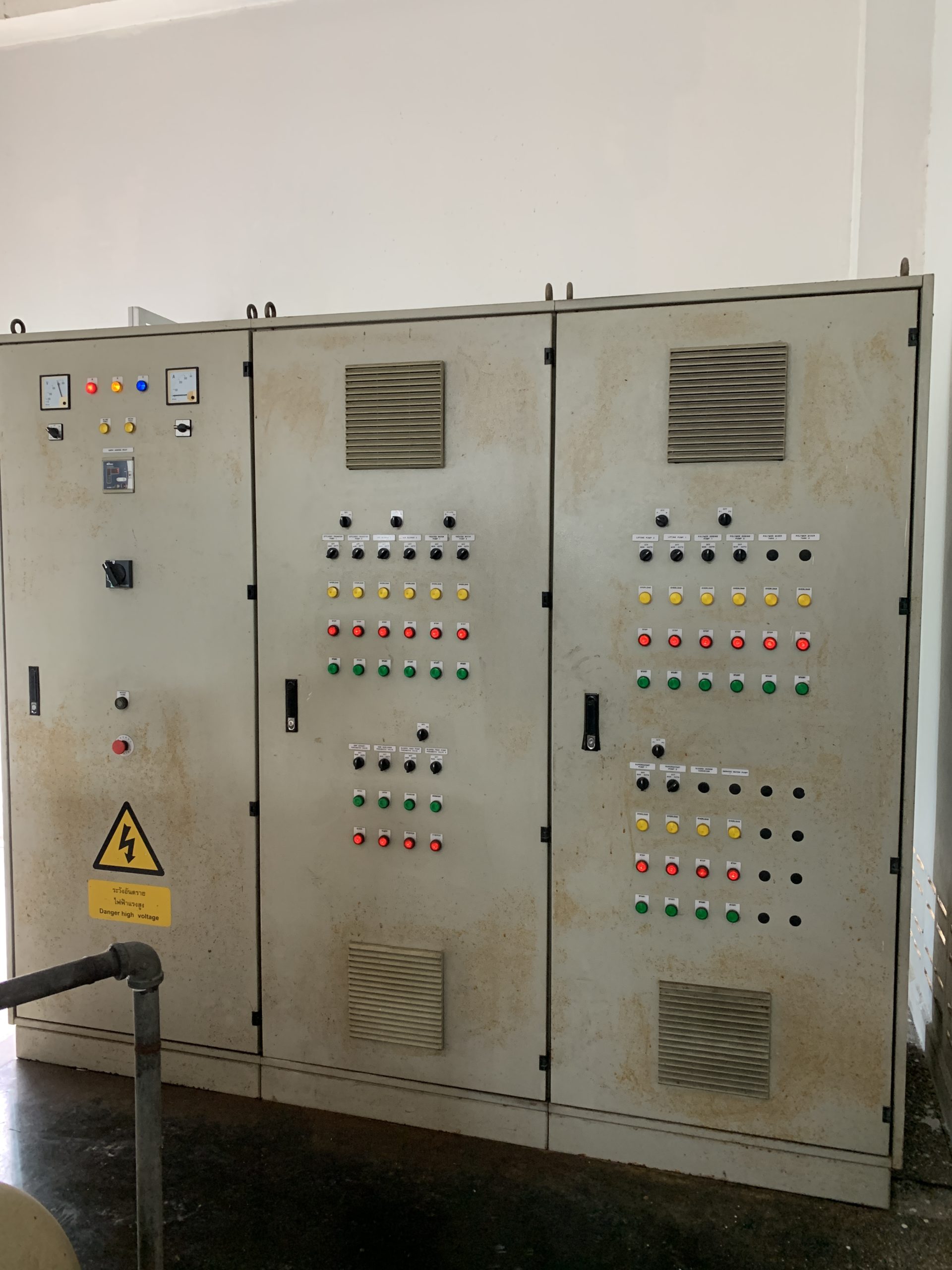
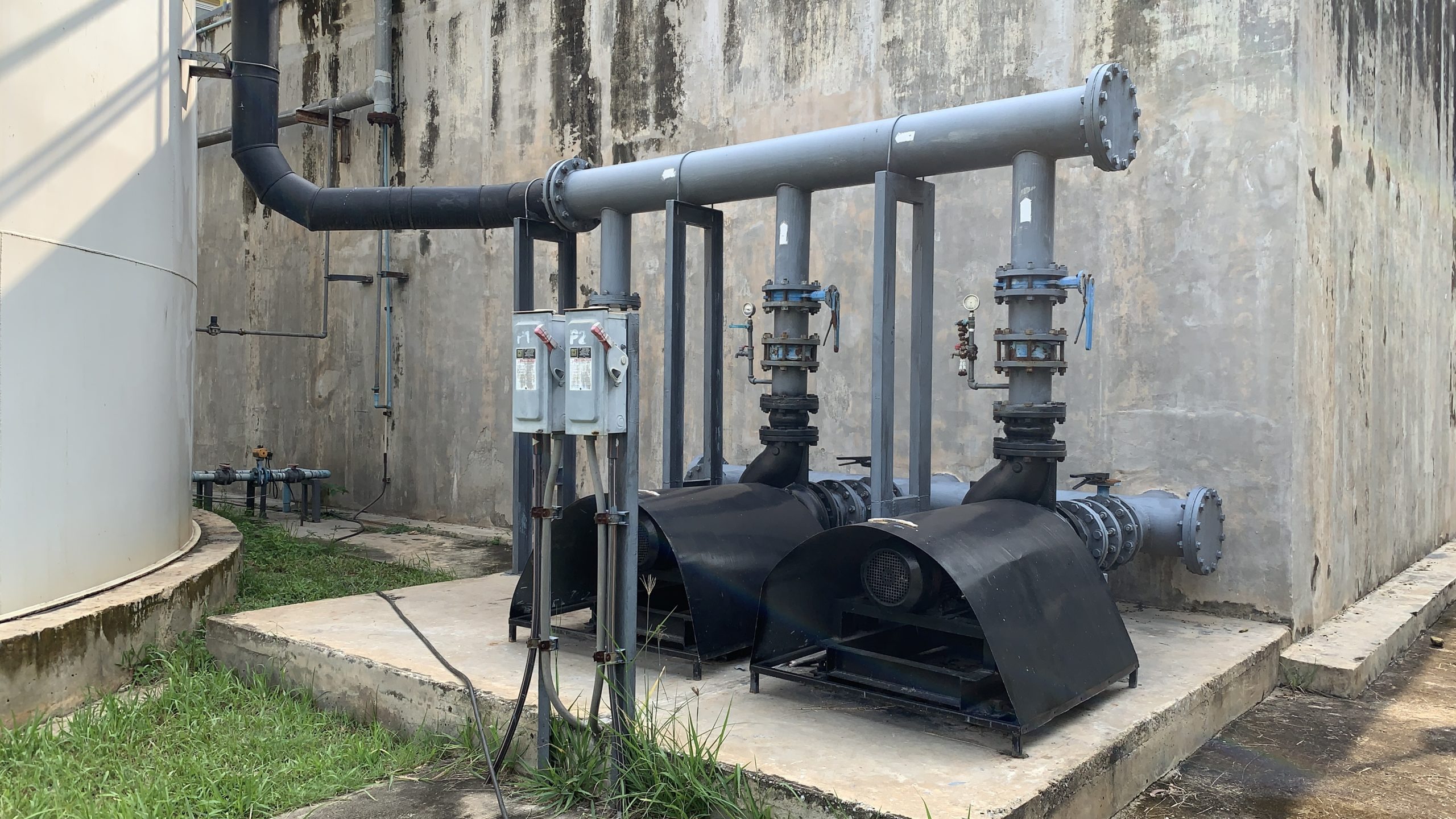
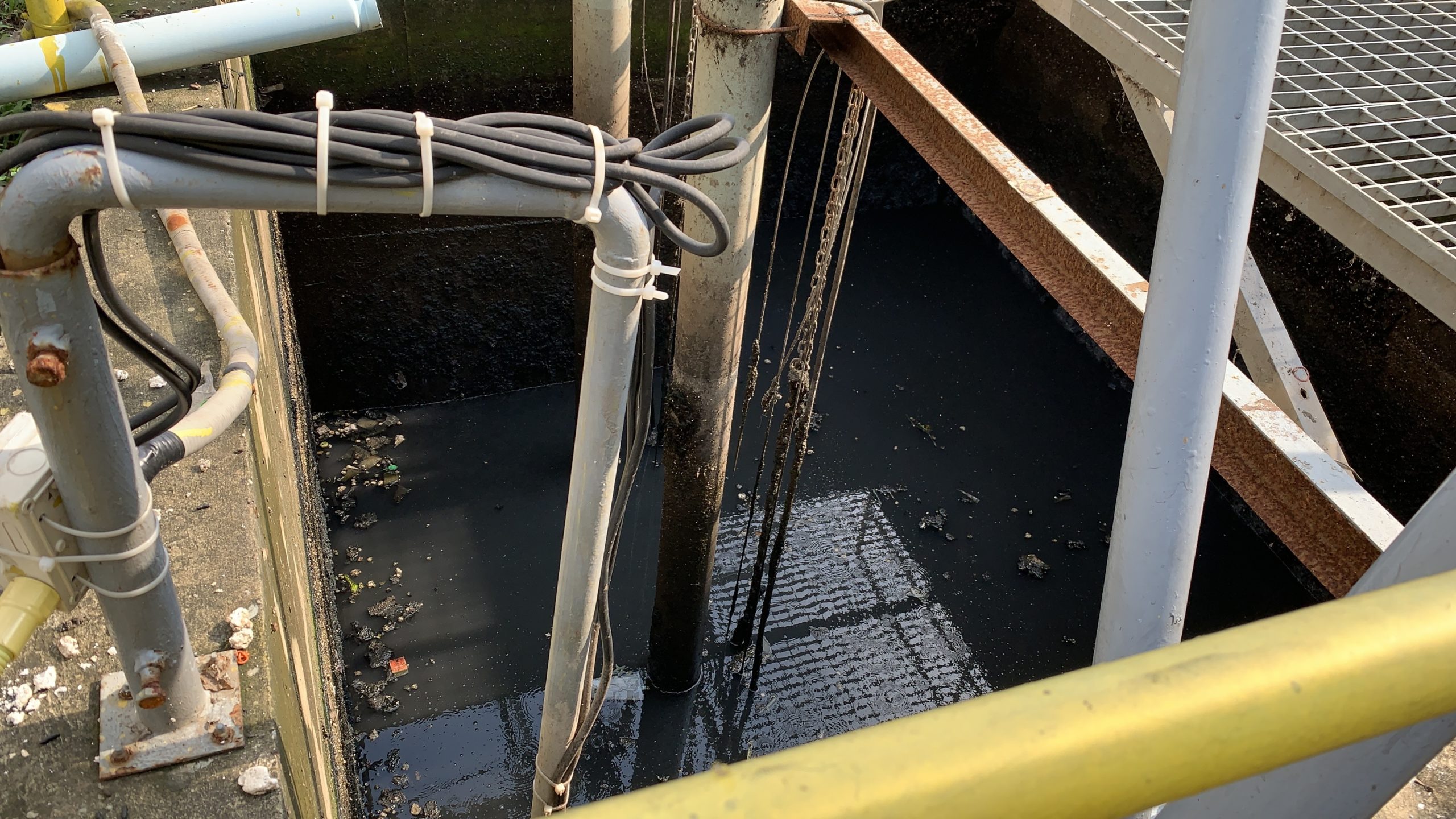
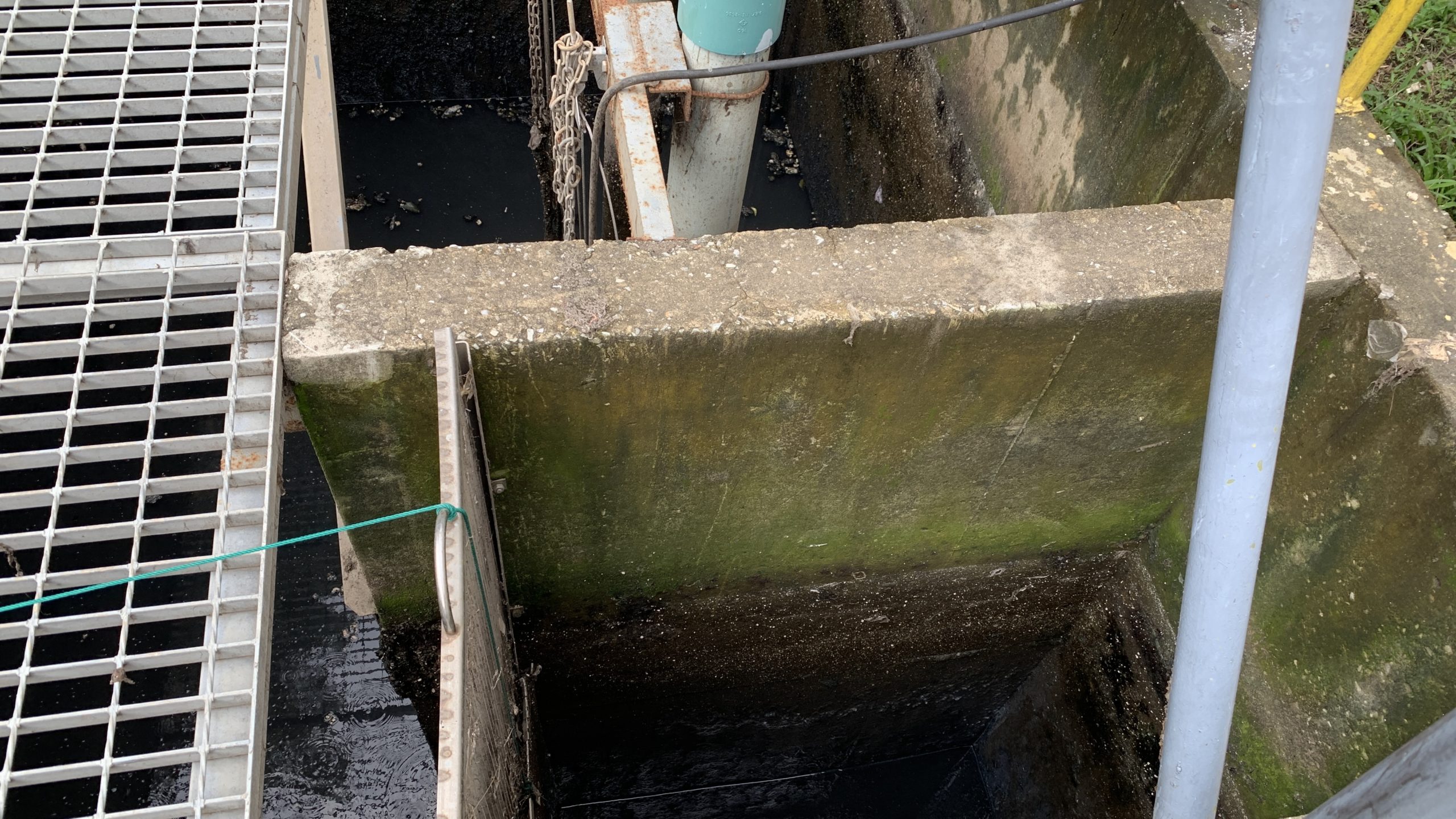
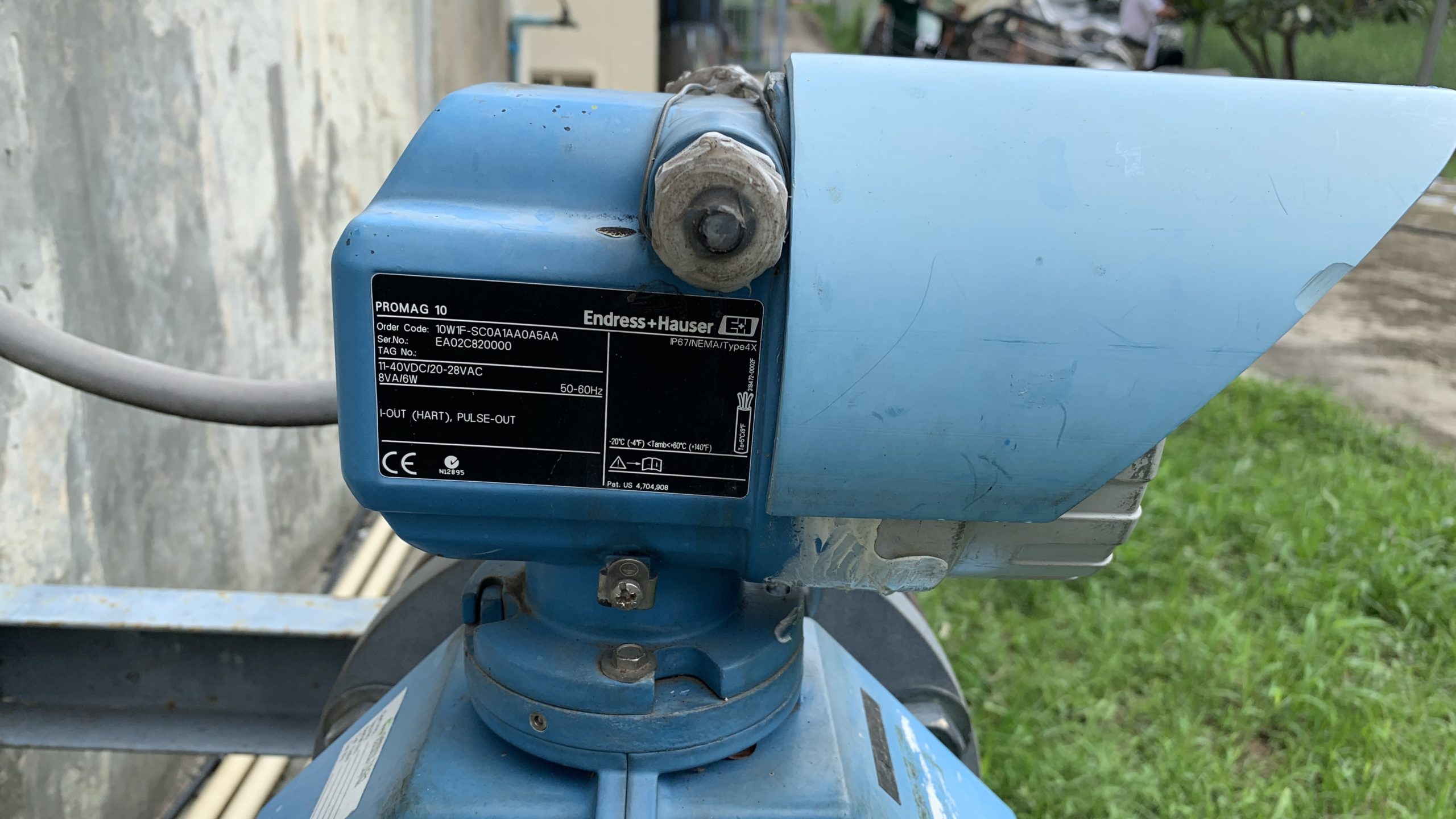
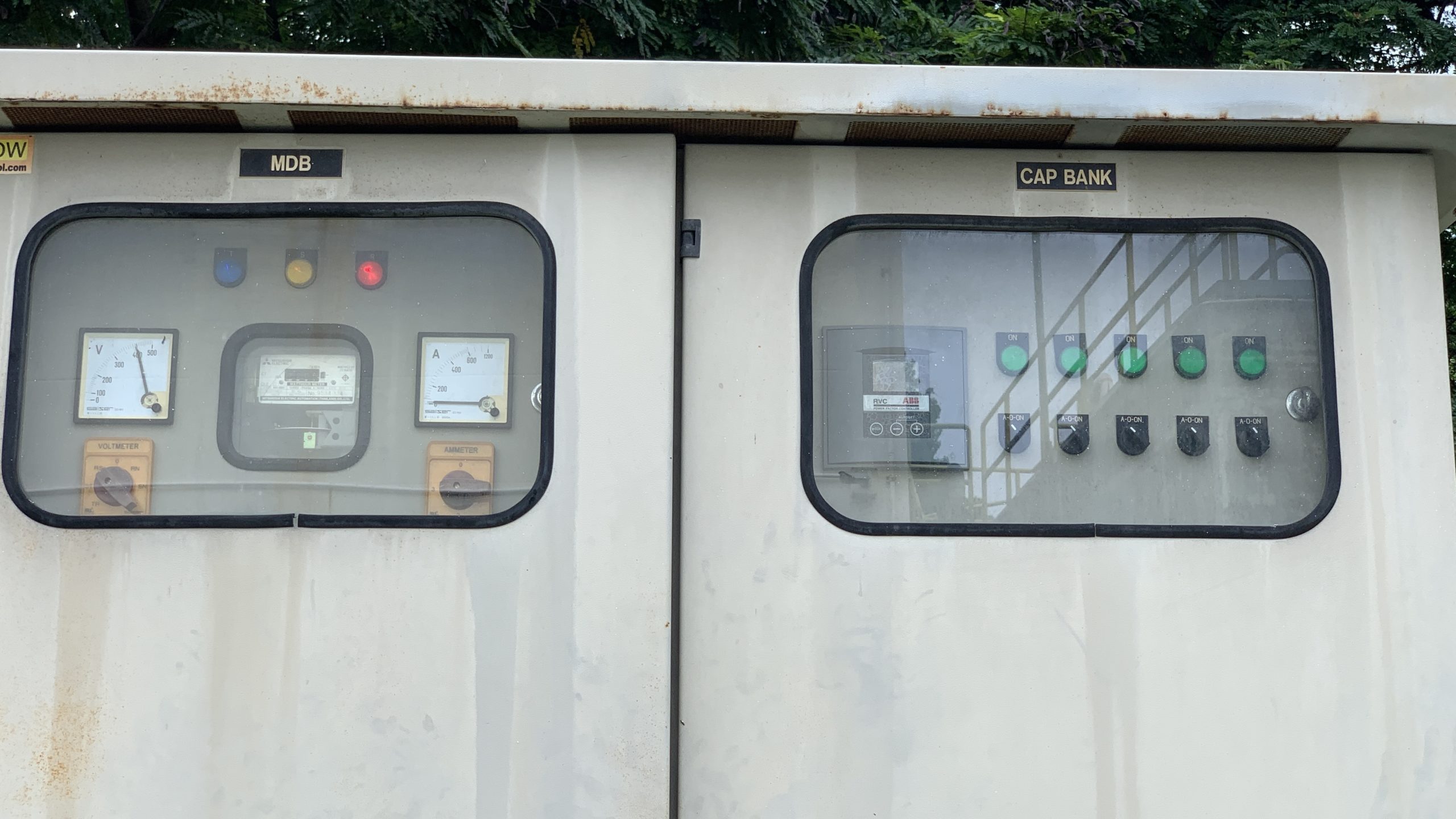
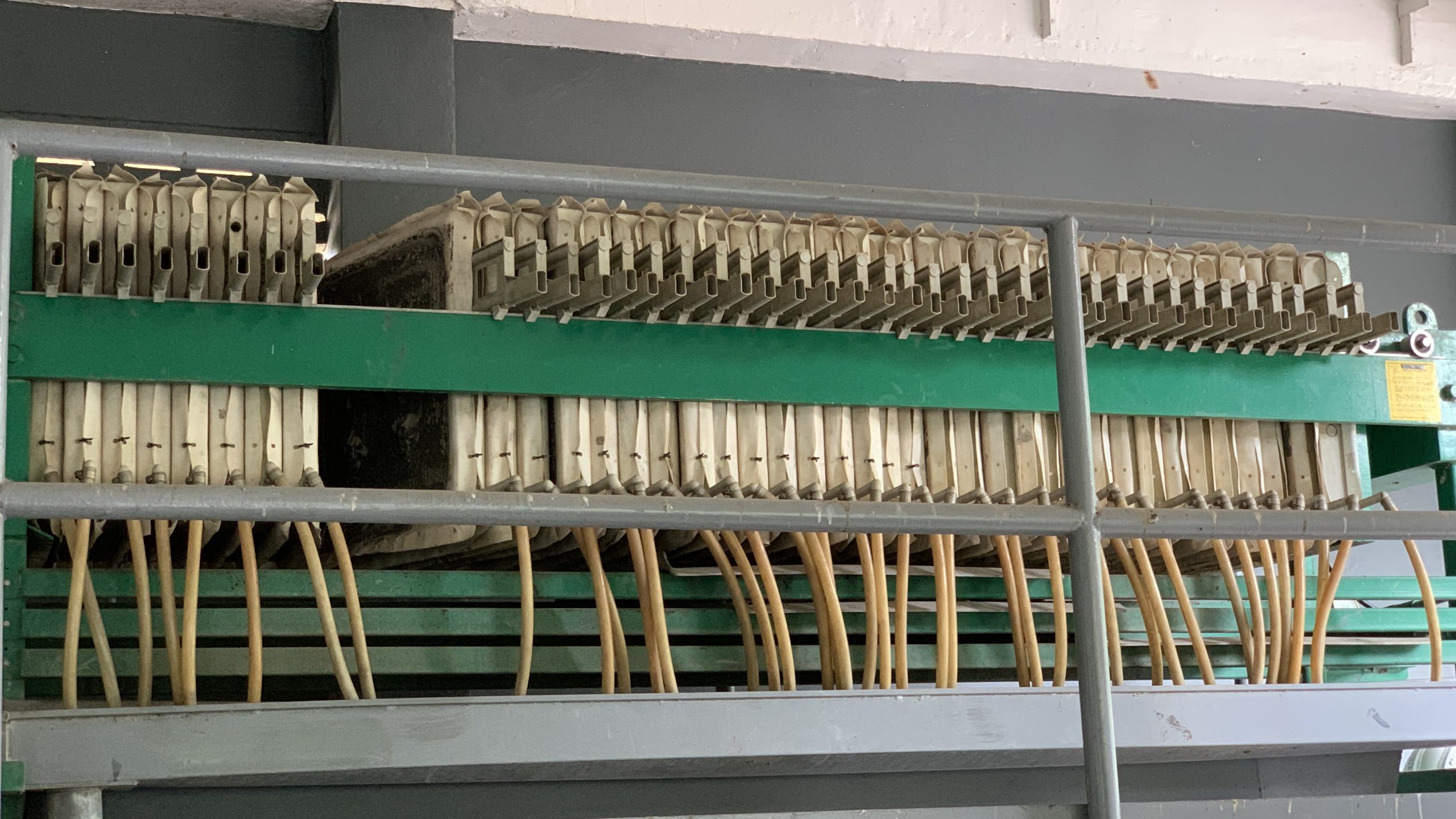
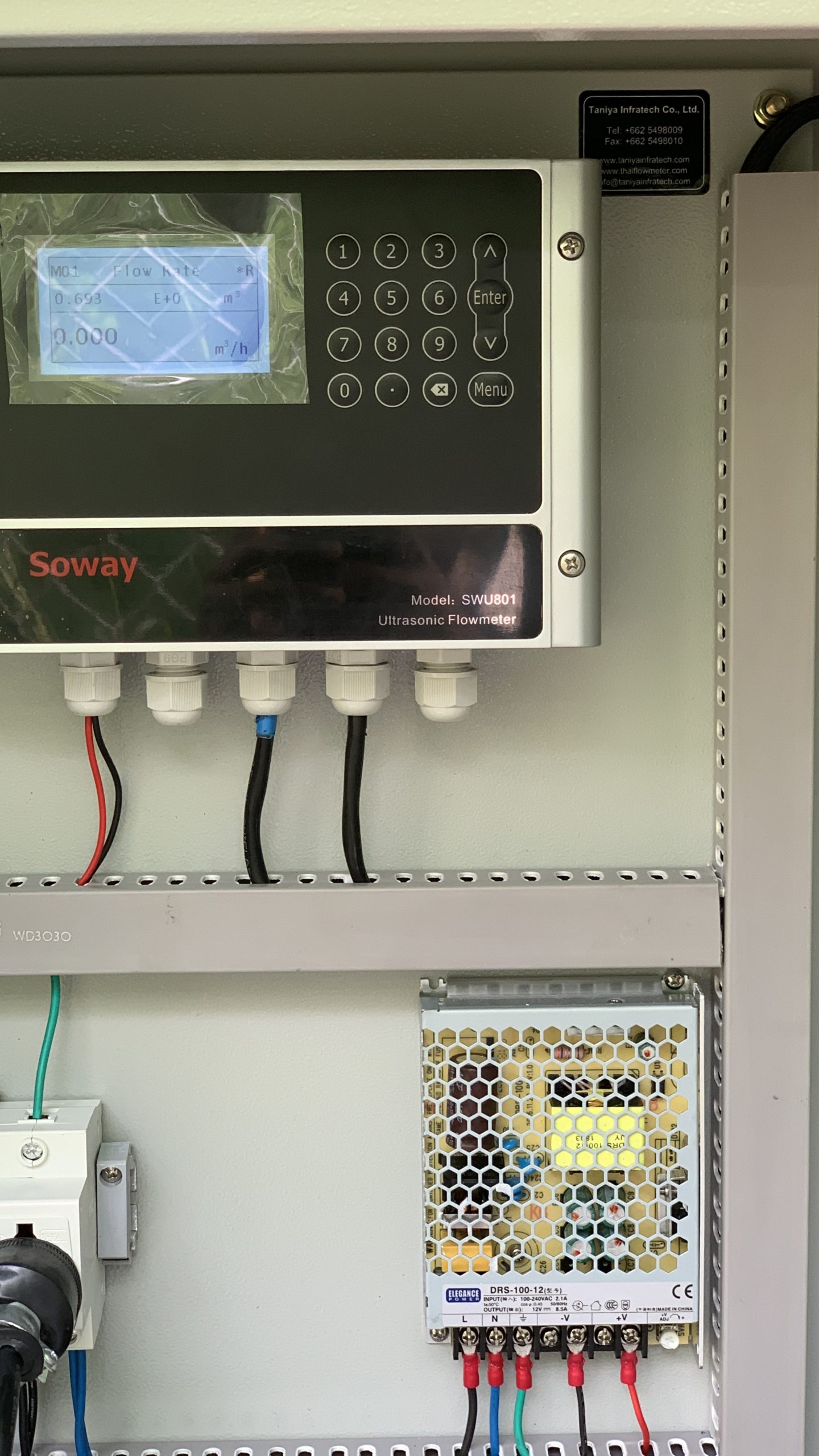
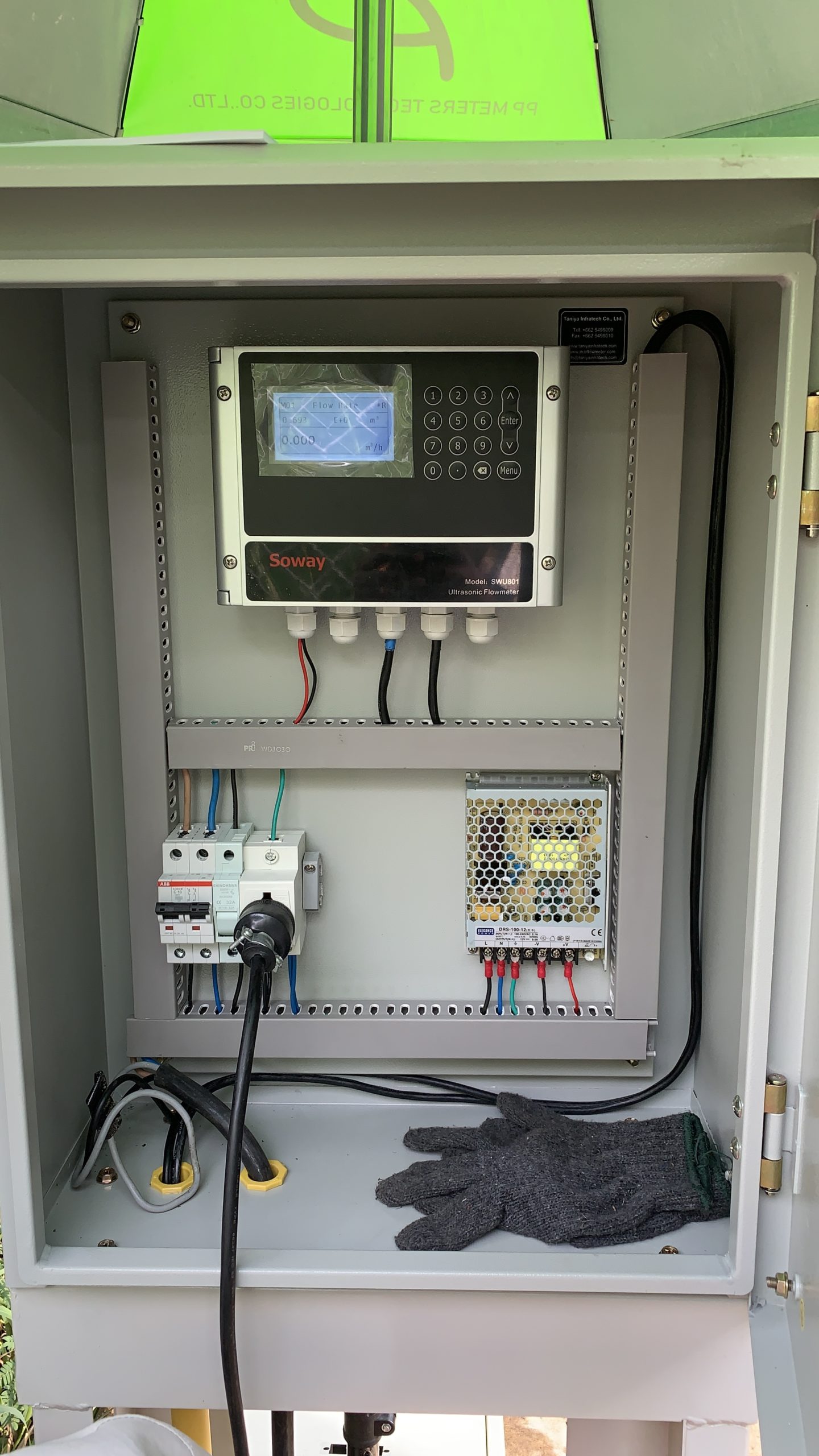
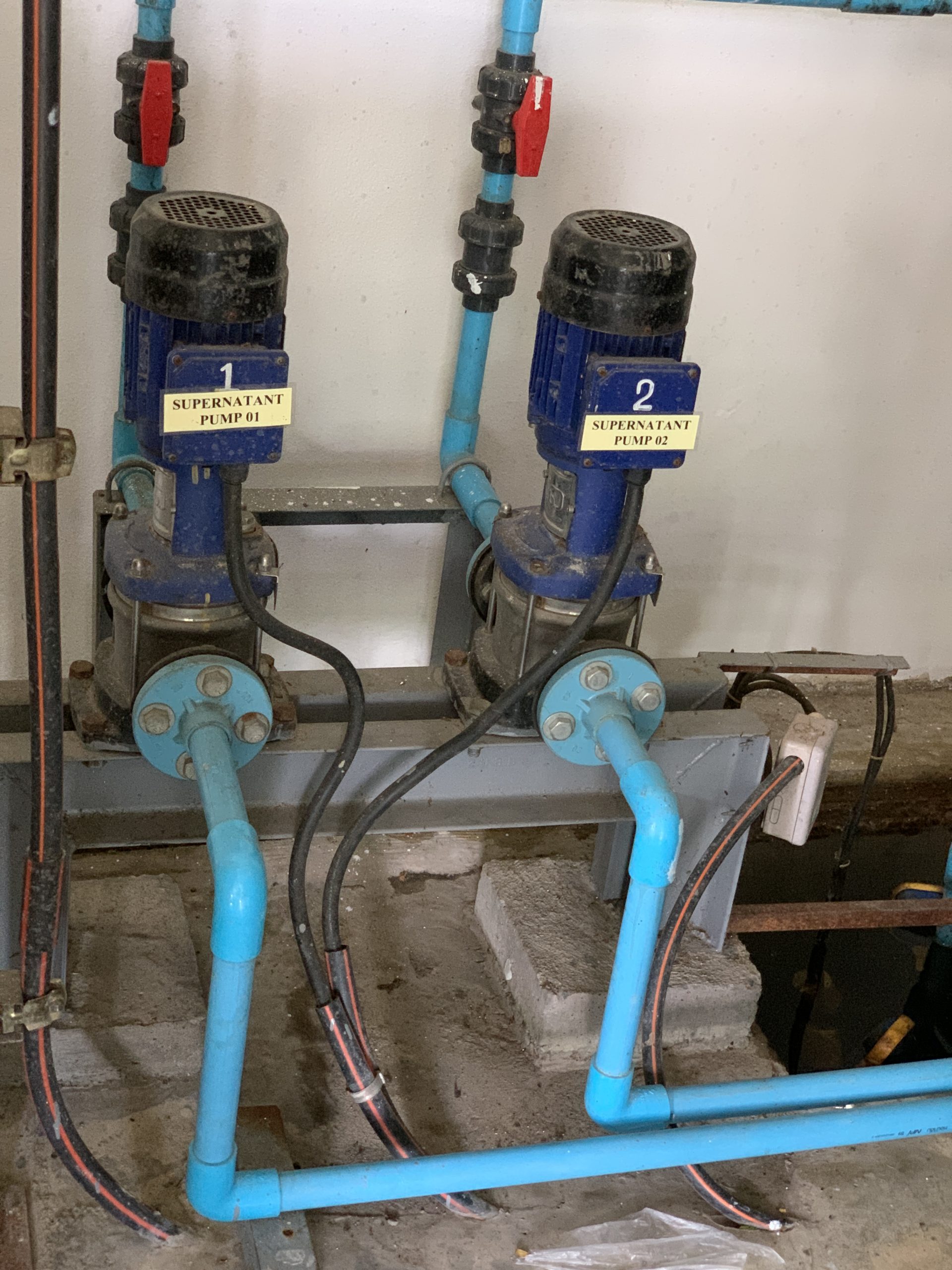
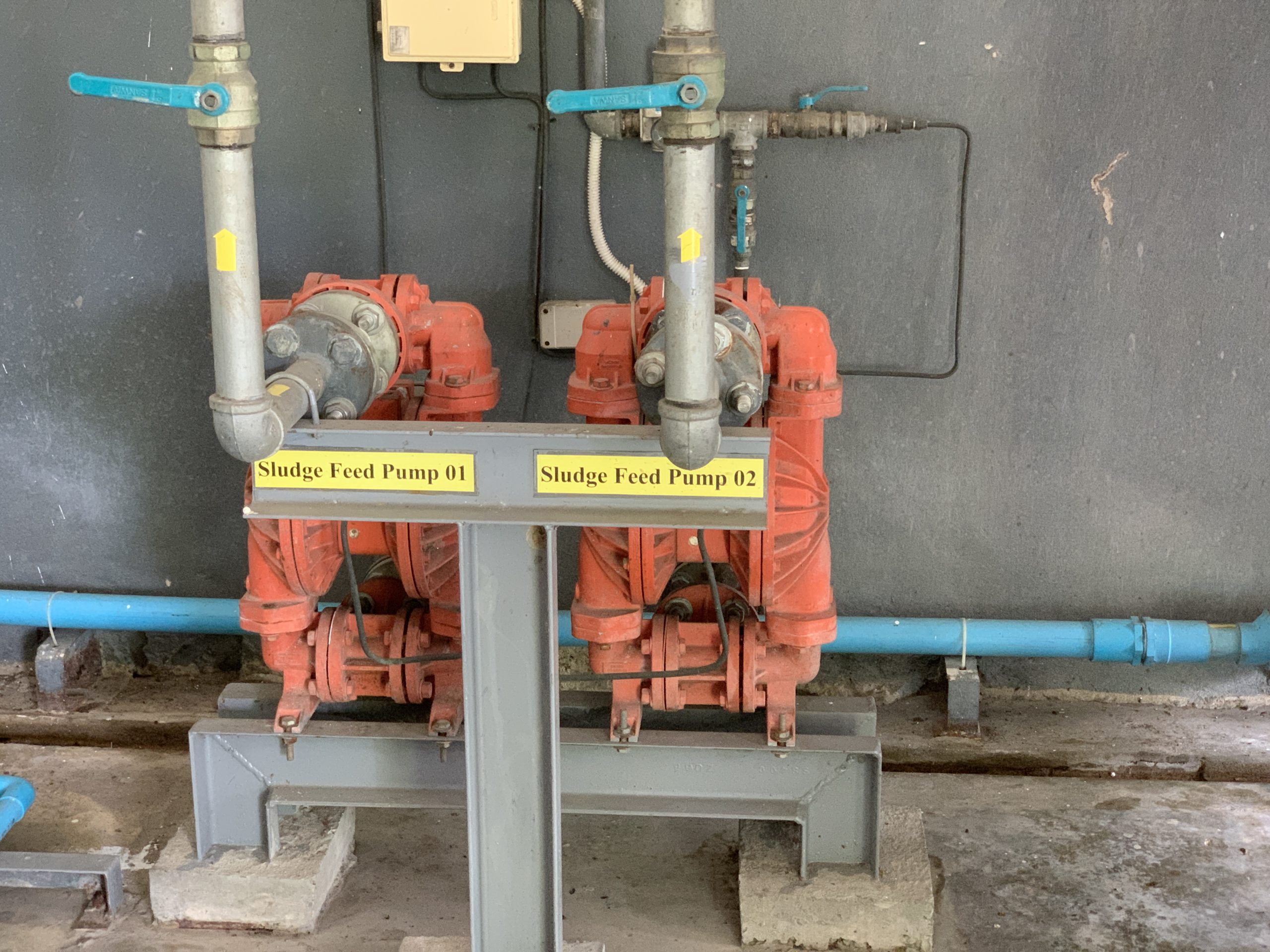
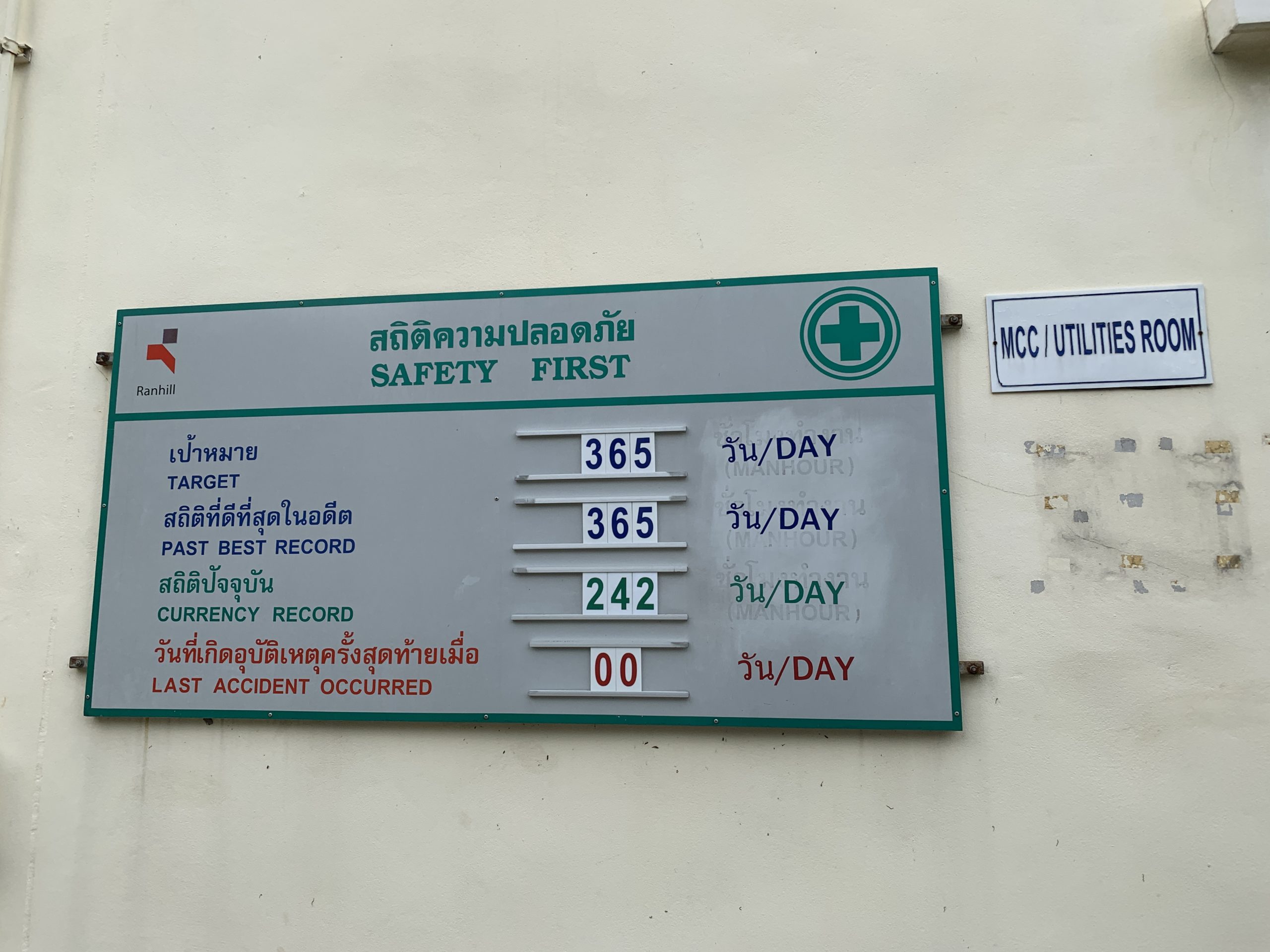
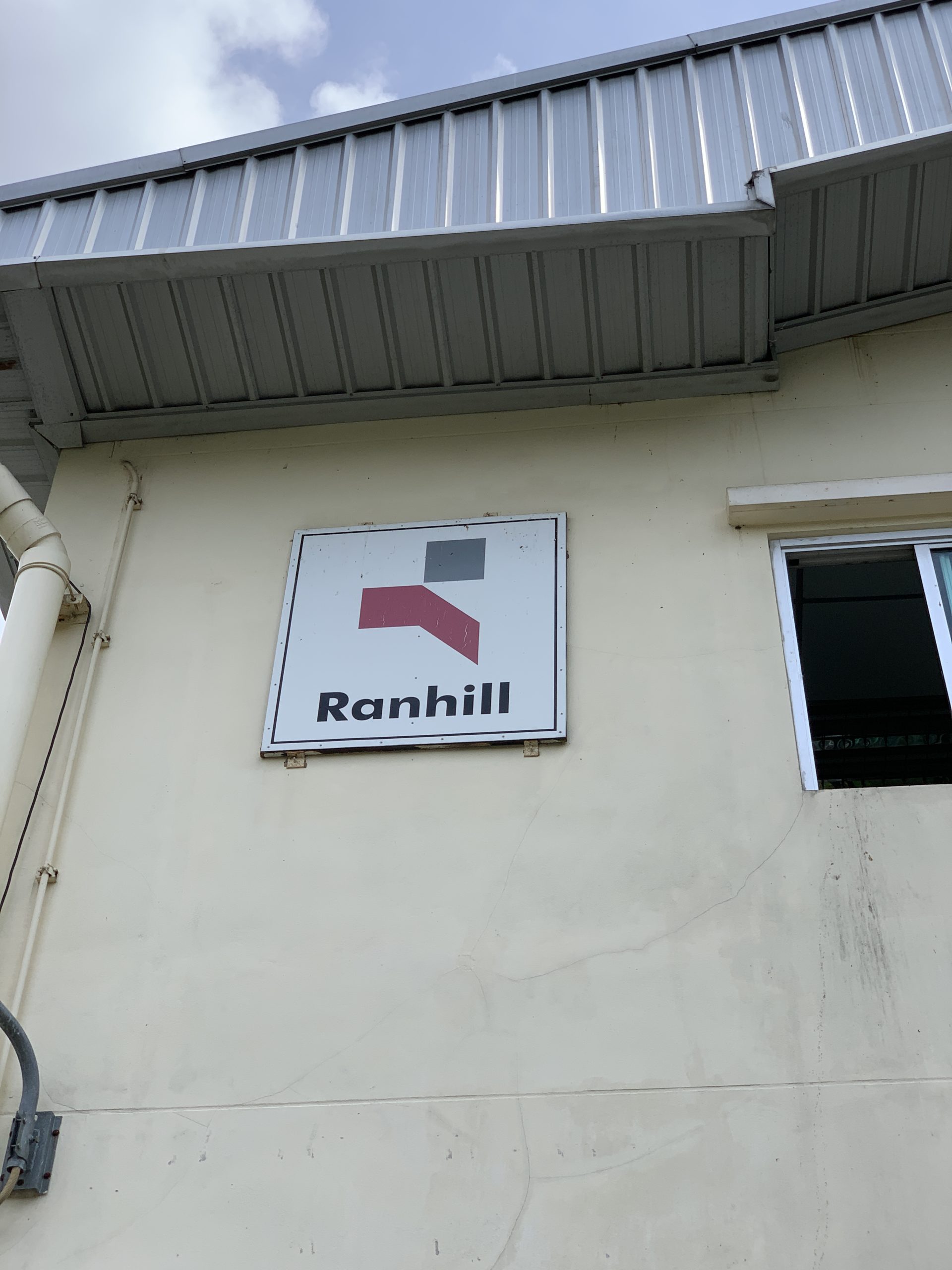
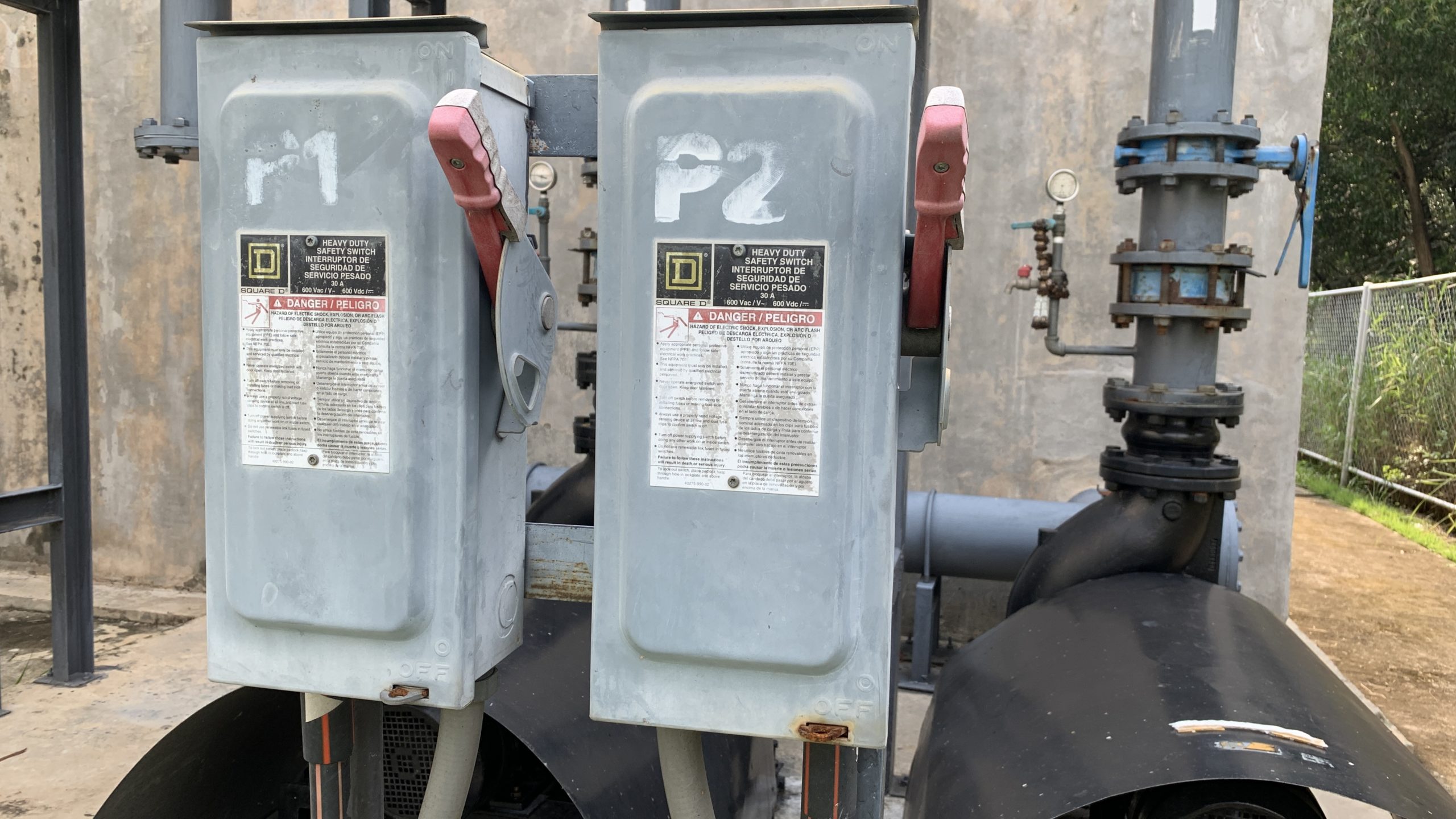
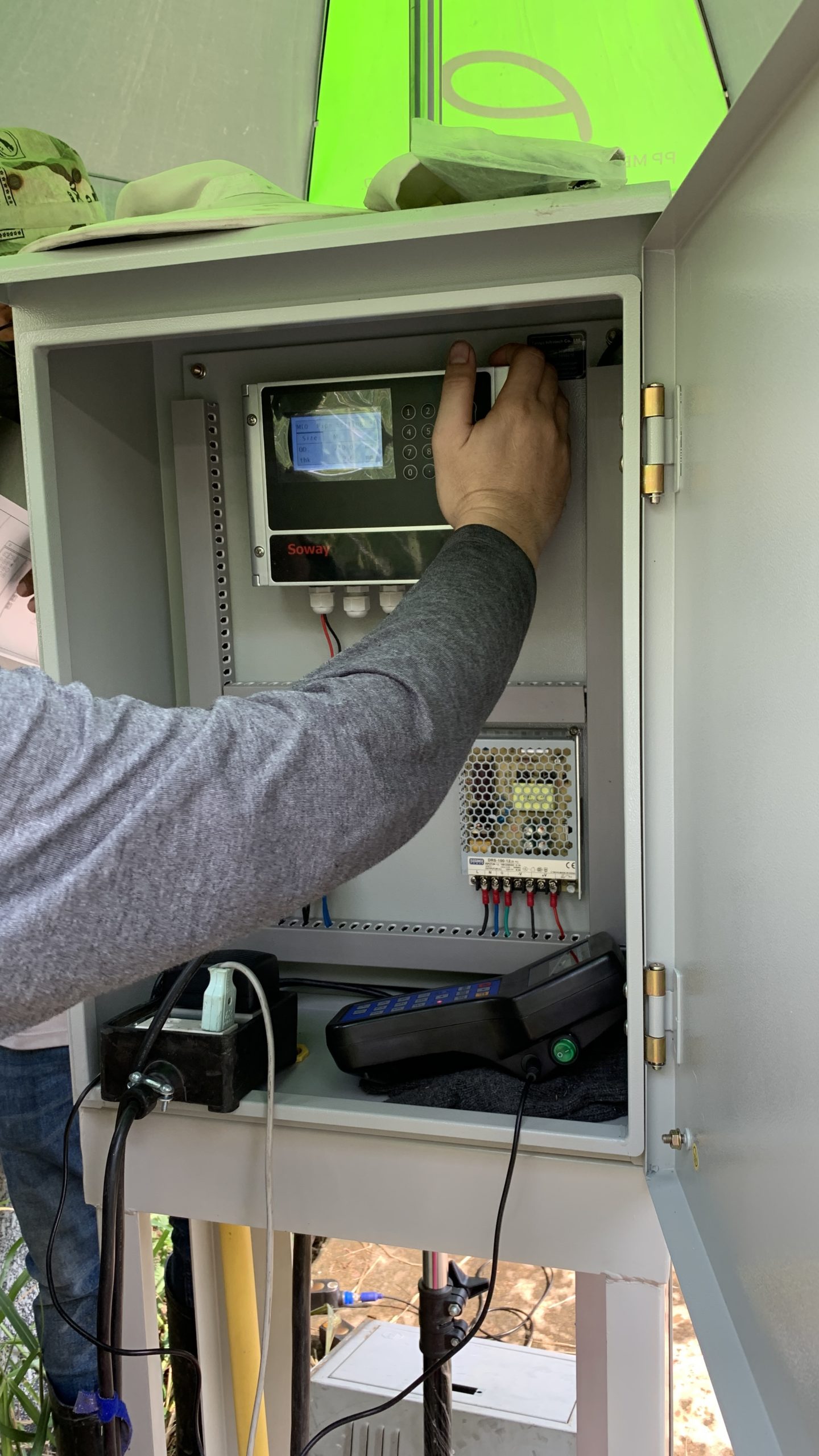
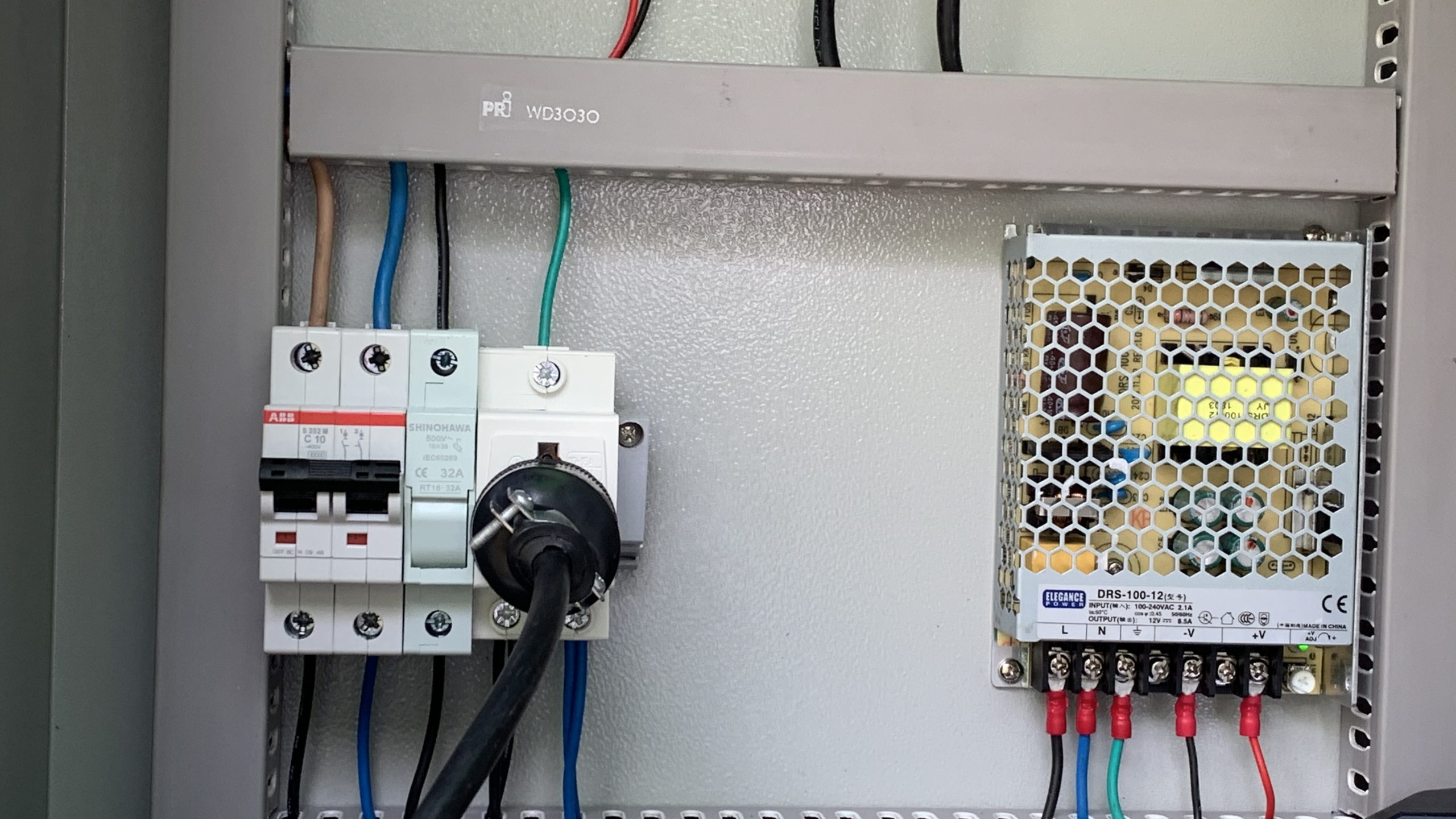

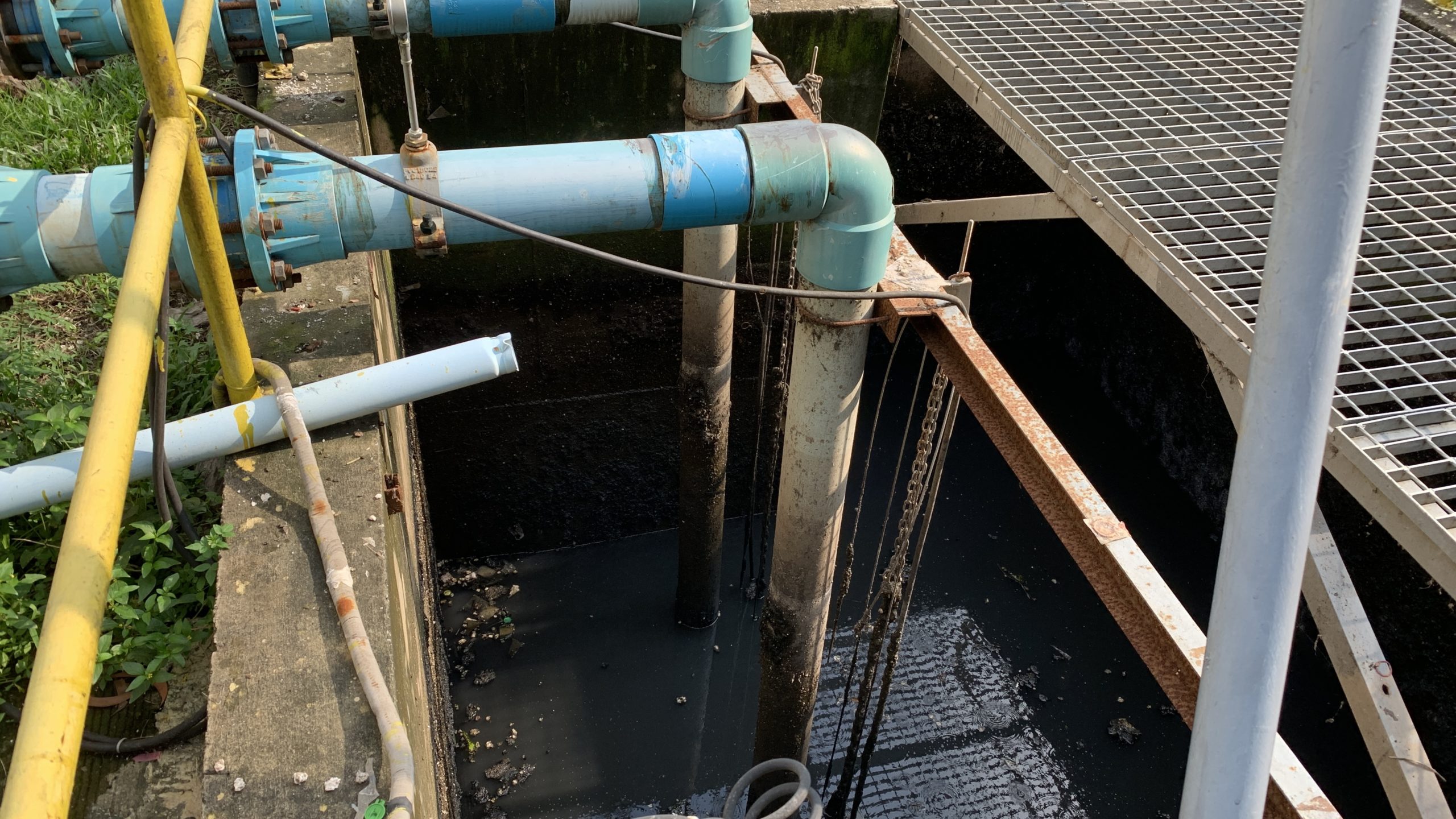
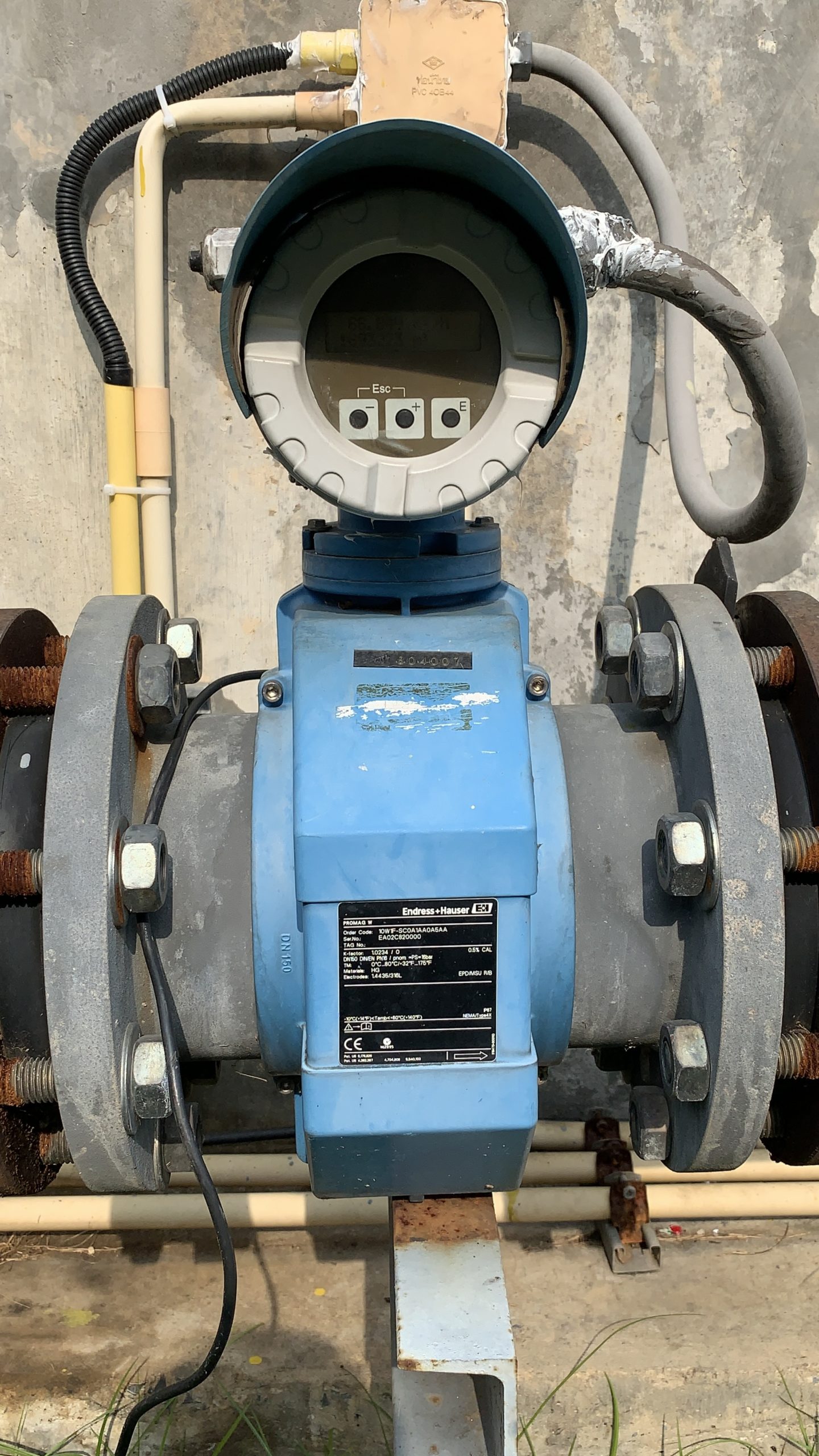
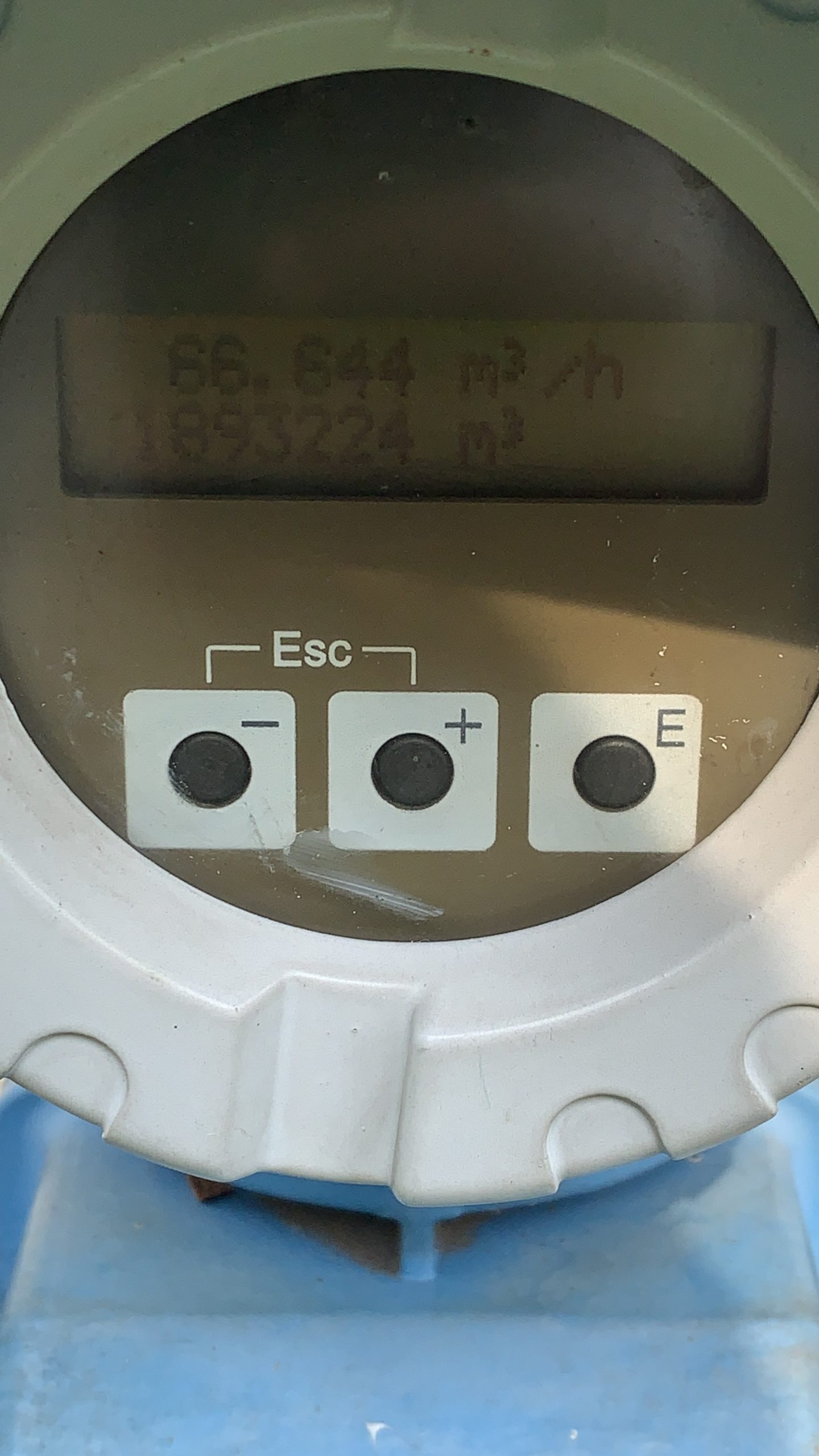
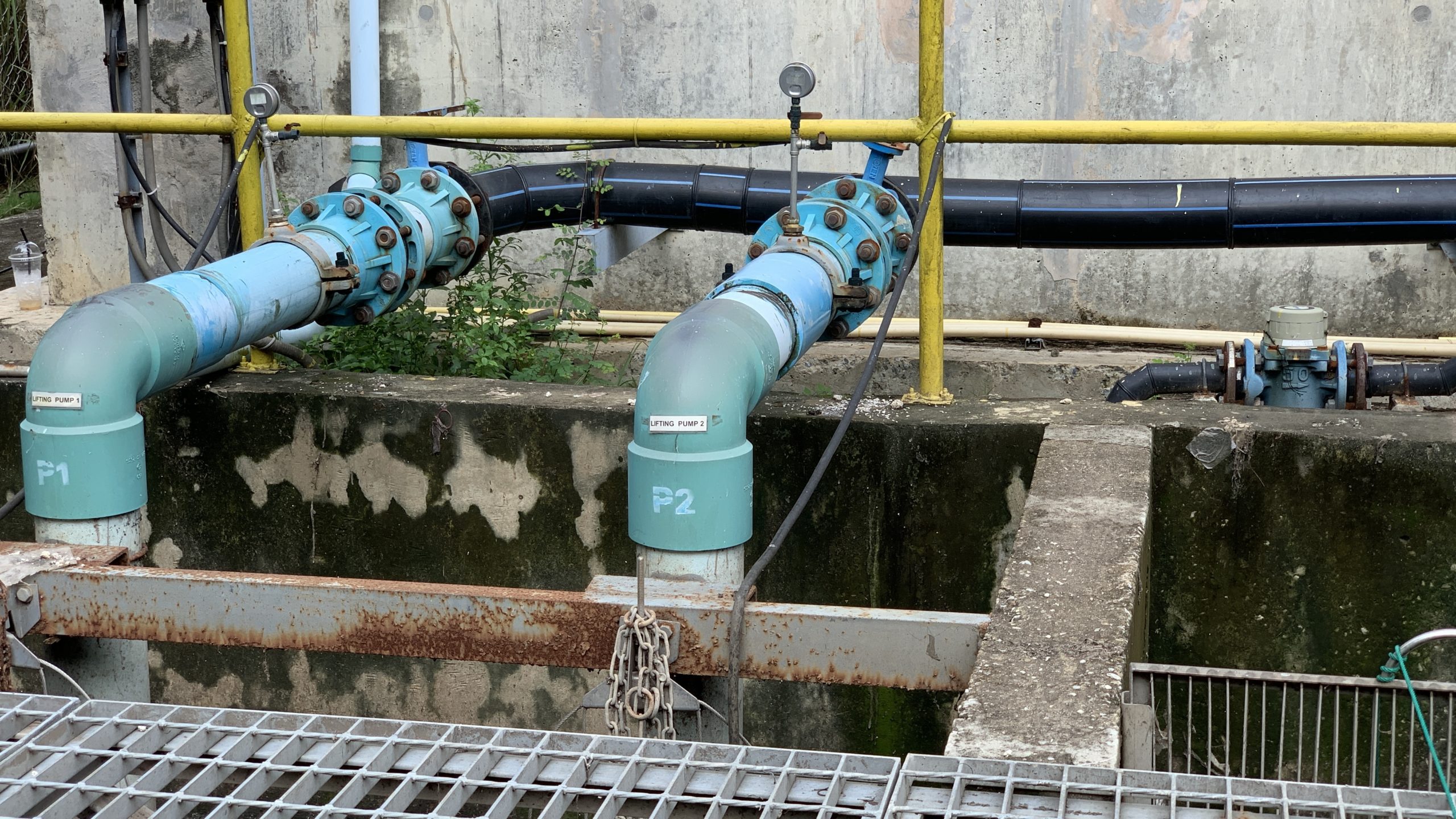
The Waste Water Treatment Plant (WWTP) of the Asian Institute of Technology with operation capacity : 1500 m3/day was constructed in 2012 by the Ranhill Water Technologies (Thai) LTD (RWTT), with the concept of BOT (Build, Operate and Transfer) Agreement. As per the agreement dated 22 June 2011, RWTT would construct the plant, operate, and maintain the plant during the payback period. The construction of the AIT WWP was completed on 18 July 2012. Since then Ranhill has been running the plant to treat wastewater collected from the AIT campus. On 1 January 2019, the wastewater treatment plant ownership was transferred from RWTT to AIT. Since then AIT contracted RWTT to operate and provide maintenance services.
(Waste Water) Policy Statement:
As per the AA-1-2-9 “AIT Sustainability Policy” published on 8 Dec 2021
AIT is committed to treating its wastewater and rainwater, and to use sludge to convert its organic material into biogas for cooking and or electricity production (if sustainable).
(Waste Water) Goals:
1. To treat at least 70% of used water on campus to reuse, by 2026 compared to the volume in 2021
2. To create opportunities to reuse treated water across the campus, increasing its use by 20% in 2026 than in 2021
3. To transform the wastewater facilities into systems that generate 5% of AIT’s energy, as biogas for cooking and/or electricity generation.
Waste Water Treatment Plant Operations
The WWTP collects the wastewater from the 133.12 hectares AIT campus which comprises both residential and academic areas, through 13 sewage pump sumps located throughout the campus. The water is treated as per the THAI obligation of the water treatment control standards of the Ministry of Science as per the below table.
The treated water which is maintained safe to avoid any kind of pollution is sent from the WWTP into the AIT canal system and partially to the external Canal / Klong in Klong Lunag. To save the piped water supply, the canal water in turn is used for watering the plants throughout the campus through a sprinkler system. Treated water helps to maintain the water level in canals and thereby also helps to maintain an aqua ecosystem in canals in the dry season.
Waste Water Treatment Plant Scope of Service and Treatment Standards
Scope of Service : The company, Ranhill Water Technologies(Thai) Co., Ltd. will:-
- Employ quality Engineers and Plant Operators to carry out all operation and maintenance jobs in wastewater
treatment plant - Supply all required chemicals for the operation of the wastewater treatment plant
- Pay all the related power consumption for the treatment use of the wastewater treatment plant
- Pay for all maintenance services or change the part of all treatment equipment in the treatment plant
- Responsible for the billing, collection, and payment.
Engineers Responsibility
- Visit the plants to fine-tune the operation.
- Collect and analyze raw and treated effluent at an independent laboratory.
- Share the fortnightly meeting (minimum requirement).
- Optimize the operation cost and plant efficiency.
- Review and verify the in-house analysis results.
- Arrange for supply or contract to carry out all necessary maintenance/service of all plant equipment.
The Operators will perform the following works
- To prepare or top-up the chemicals used.
- To operate and monitor the operation of the treatment plant.
- To clear and clean the filter press’s sludge cakes.
- To carry out minor repairs and maintenance within his capability.
- To clear effluent transfer pumps’ strainers and remove latex chunks, plastic bags, gloves, etc.
- To carry out daily housekeeping of plant area.
- To clean pH sensors twice a month.
In-house Analysis Services
In-house monitoring such as test analysis reports, operation checklists, etc. will be carried out daily by the supervisor and submitted to the Asian Institute of Technology (AIT)
The analysis includes
- Daily check: WWTP COD, SS, pH, TDS, Temperature
- DO Engineer will review the analysis report with Asian Institute of Technology (AIT) engineer involved every fortnightly.
- Ranhill Water Technologies(Thai) Co., Ltd. shall set up a Standard Laboratory to carry out the above-mentioned analysis.
- All necessary apparatus e.g. glassware, instruments, reagents/test kits, are to be purchased by Ranhill.
Independent Laboratory Analysis
- Wastewater will be collected monthly and the analysis report from the independent laboratory will be issued to Asian Institute of Technology (AIT).
- Reports on sludge cake production and inventory record, monthly plant performance inclusive of effluent capacity, chemical consumption, maintenance or breakdown, etc., and weekly effluent analysis results are to be submitted to AIT.
- To provide consultancy and monitoring in the daily operations of the treatment plant as well as trouble-shooting skills in
ensuring that the final discharge consistently complies to the below standards
Click here to view the monthly report sample : Dec 2022 opertaions
| S. no | Parameters | Standard |
| 1 | pH | 5.0-9.0 |
| 2 | BOD mg/l | <20 |
| 3 | Total Suspended Solids mg/l | <30 |
| 4 | Total Dissolved Solids mg/l | <500*** |
| 5 | Oil & Grease mg/l | <20 |
| 6 | Total Kjeldahl Nitrogen mg/l | <35 |
| 7 | Sulfide mg/l | <1 |
| 8 | Settleable Solids mg/l | <0.5 |
Waste Water Treatment process instrumentation diagram
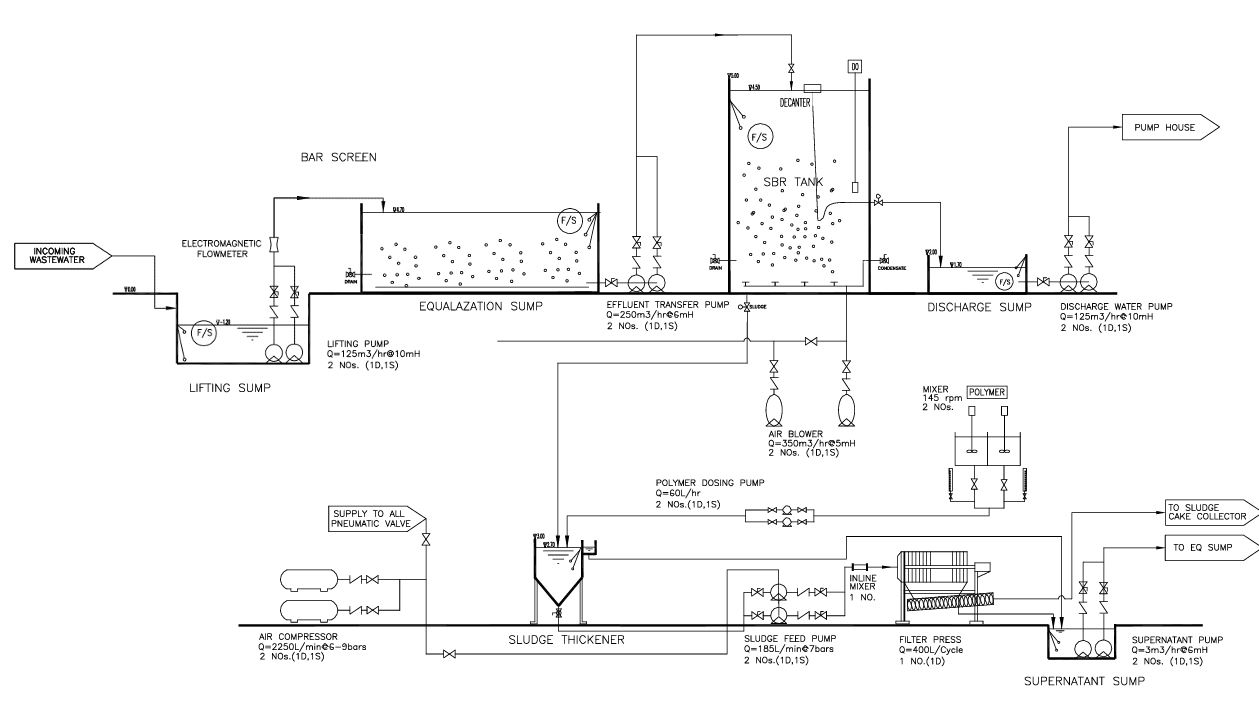
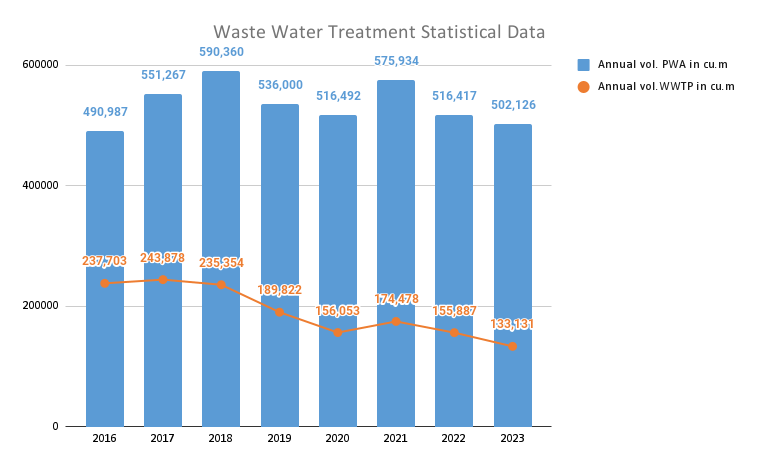
Treated waste water volume data
| Jan | Feb | Mar | Apr | May | Jun | July | Aug | Sept | Oct | Nov | Dec | Annual | |
| 2023Total Vol./month (Cu.m.) | 8,122 | 9,465 | 9,911 | 10,767 | 10,458 | 10,148 | 8,985 | 9,109 | 13,594 | 17,181 | 15,181 | 10,210 | 133,131 |
| 2023 PWA Vol. (Cu.m.) | 45,606 | 44,141 | 45,367 | 39,977 | 41,614 | 41,614 | 39,077 | 42,743 | 41,859 | 47,526 | 38,937 | 33,665 | 502,126 |
| 2022Total Vol./month (Cu.m.) | 11,050 | 11,703 | 12,427 | 13,961 | 15,047 | 11,964 | 11,097 | 13,830 | 20,102 | 16,458 | 9,820 | 8,428 | 155,887 |
| 2022 PWA Vol. (Cu.m.) | 45,329 | 44,417 | 38,295 | 44,805 | 46,201 | 39,595 | 41,542 | 44,567 | 44,315 | 43,956 | 43,495 | 39,900 | 516,417 |
| 2021 Total Vol./month (Cu.m.) | 11,751 | 12,856 | 11,505 | 13,536 | 12,211 | 12,407 | 12,172 | 12,520 | 26,397 | 22,772 | 16,094 | 10,257 | 174,478 |
| 2021 PWA Vol. (Cu.m.) | 41,935 | 41,159 | 42,094 | 43,822 | 47,349 | 48,825 | 52,500 | 55,386 | 55,079 | 57,982 | 44,474 | 45,329 | 575,934 |
| 2020 Total Vol./month (Cu.m.) | 10,951 | 11,686 | 10,702 | 10,509 | 10,892 | 19,926 | 17,437 | 11,178 | 11,145 | 16,747 | 13,811 | 11,069 | 156,053 |
| 2020 PWA Vol. (Cu.m.) | 46,414 | 42,096 | 44,695 | 40,901 | 43,372 | 43,011 | 44,105 | 45,406 | 41,595 | 44,337 | 41,795 | 38,765 | 516,492 |
| 2019 Total Vol./month (Cu.m.) | 12,998 | 12,079 | 12,567 | 12,634 | 14,336 | 17,674 | 16,902 | 13,588 | 20,844 | 27,104 | 15,999 | 13,097 | 189,822 |
| 2019 PWA Vol. (Cu.m.) | 49,597 | 39,814 | 47,866 | 43,506 | 43,044 | 40,727 | 42,463 | 47,366 | 43,414 | 44,680 | 45,780 | 47,743 | 536,000 |
Waste Water Treatment History with standards.
